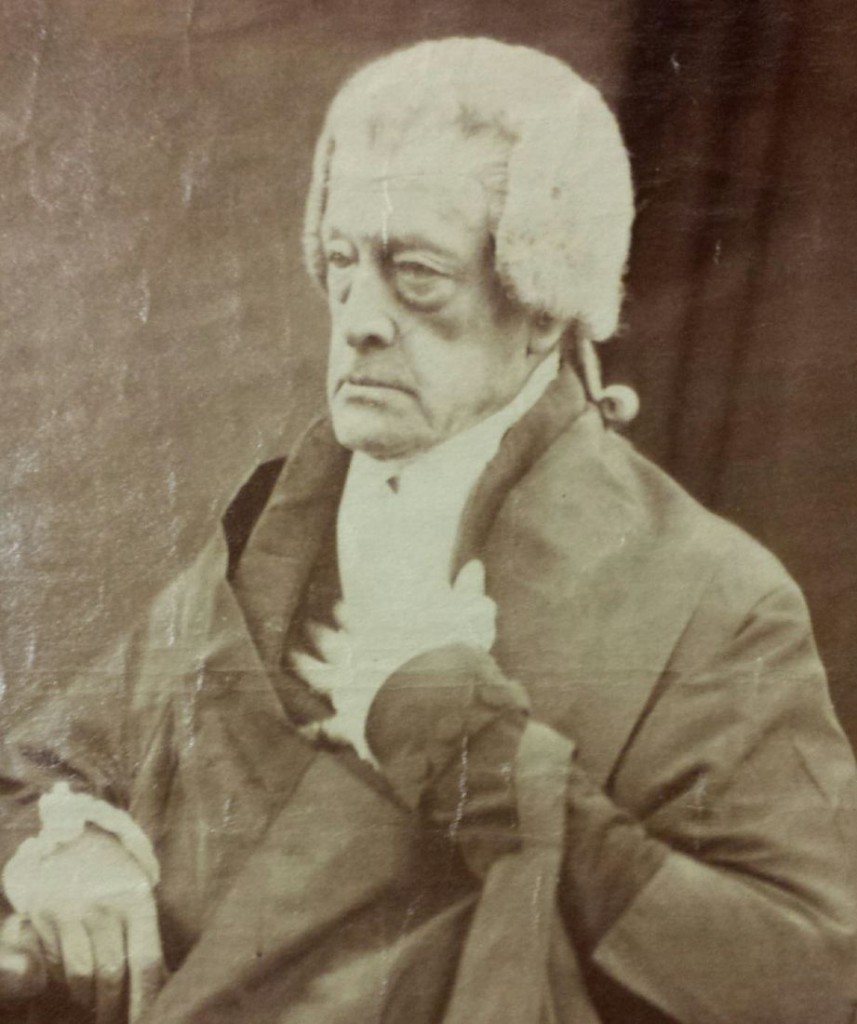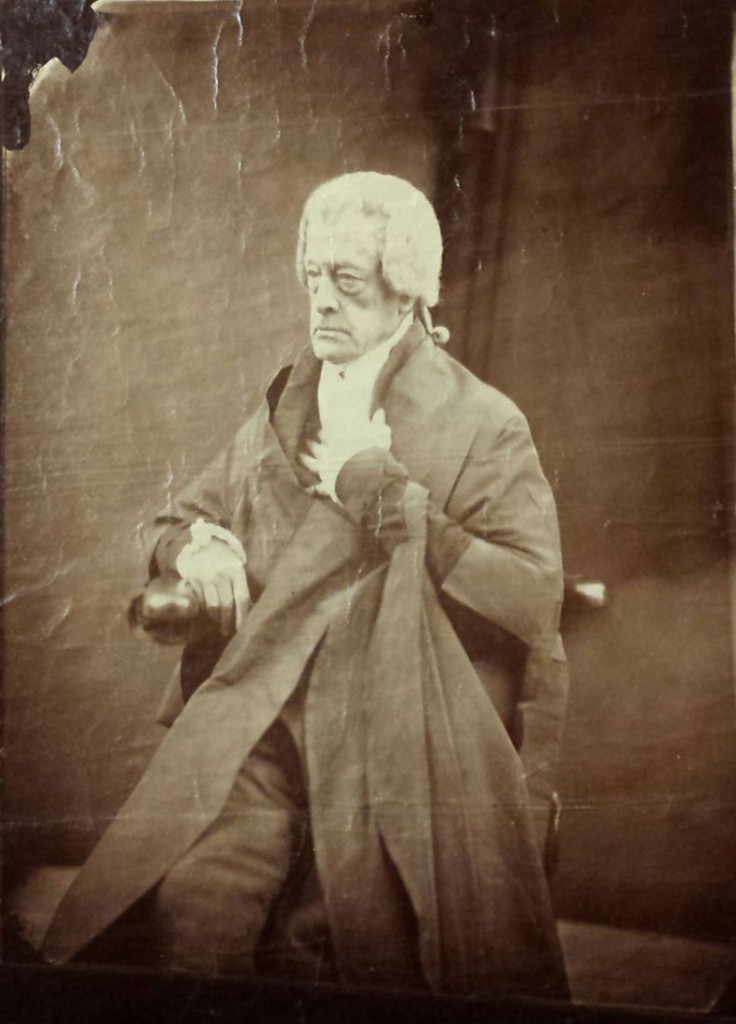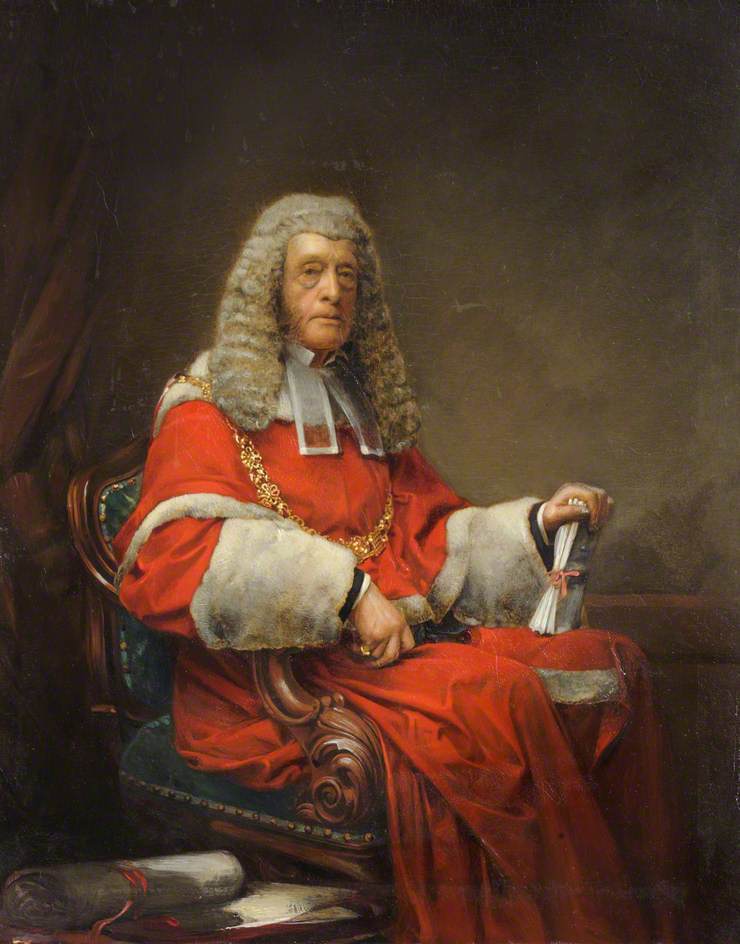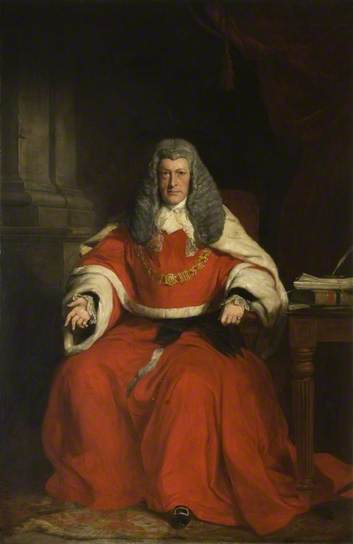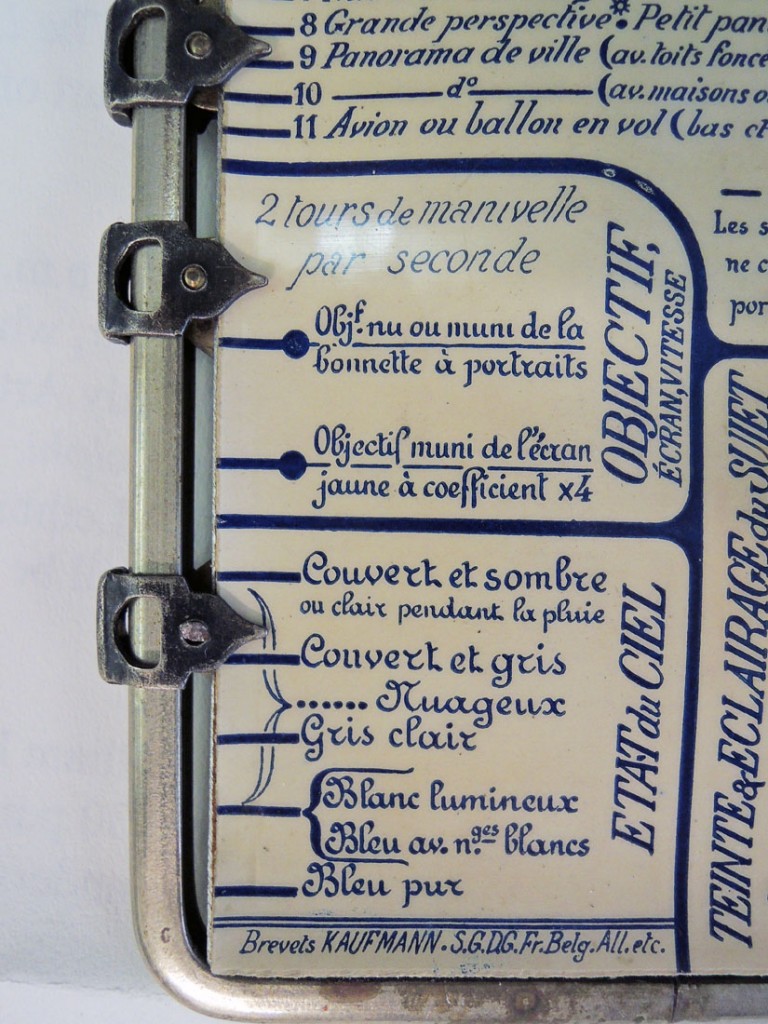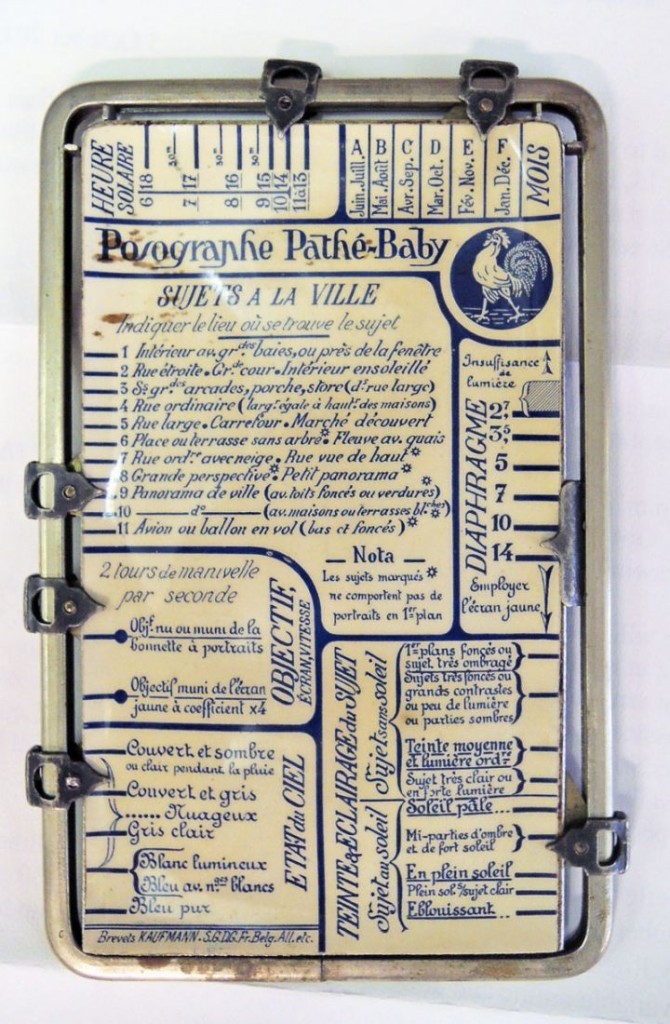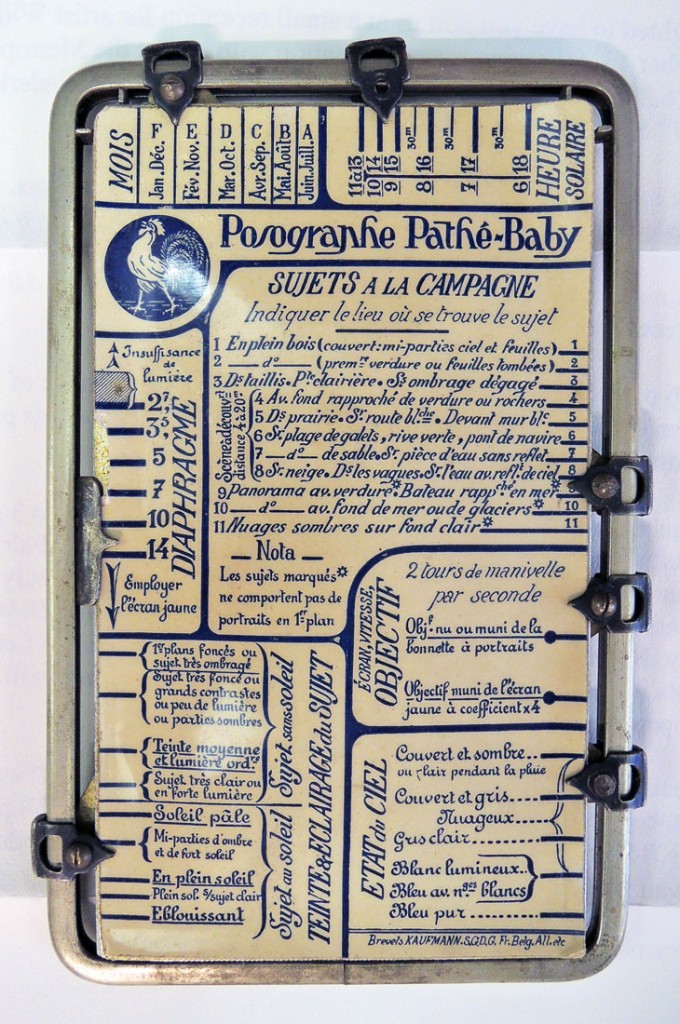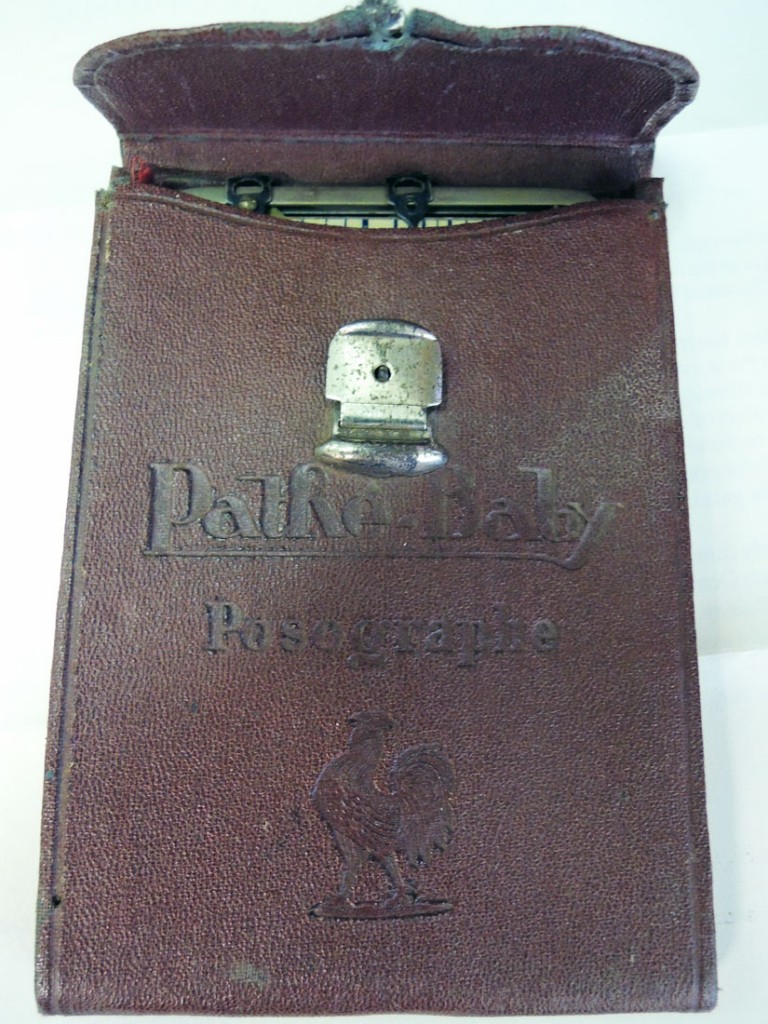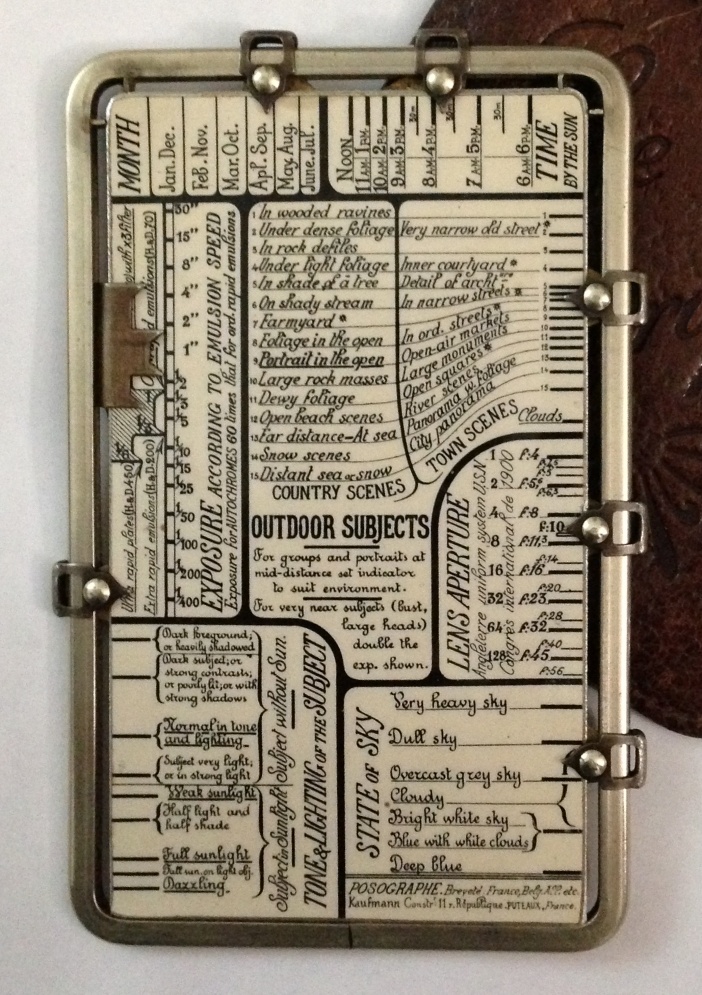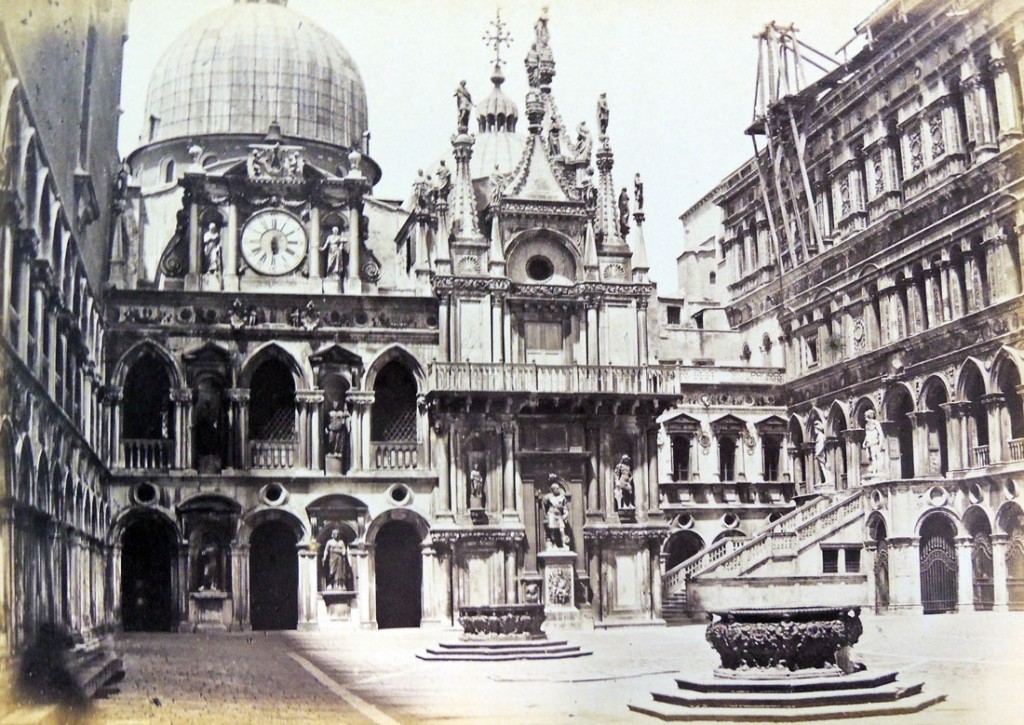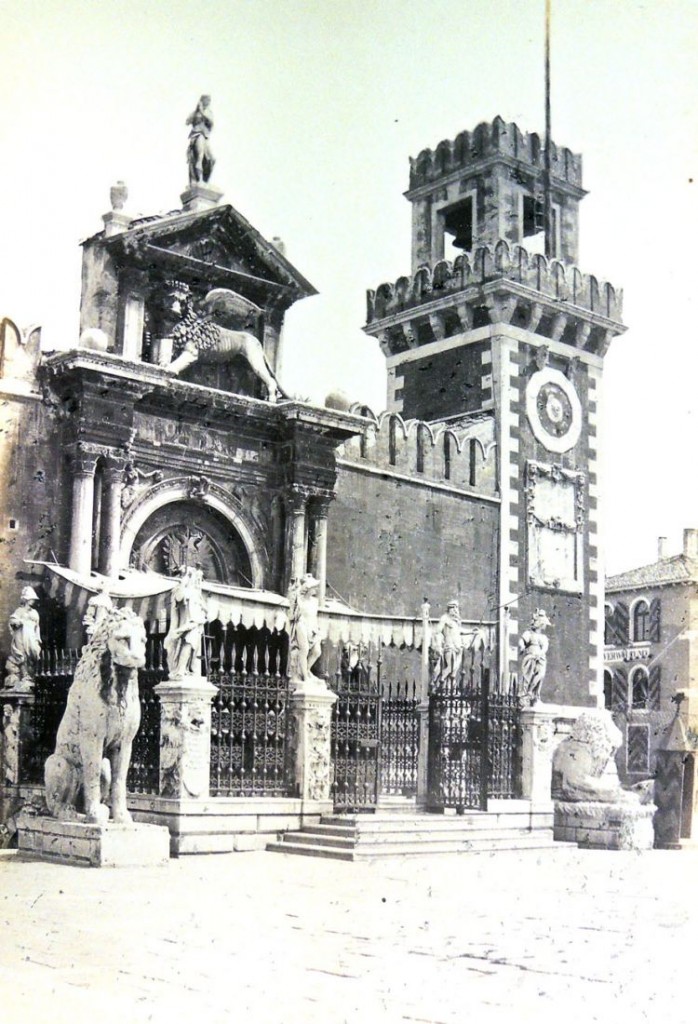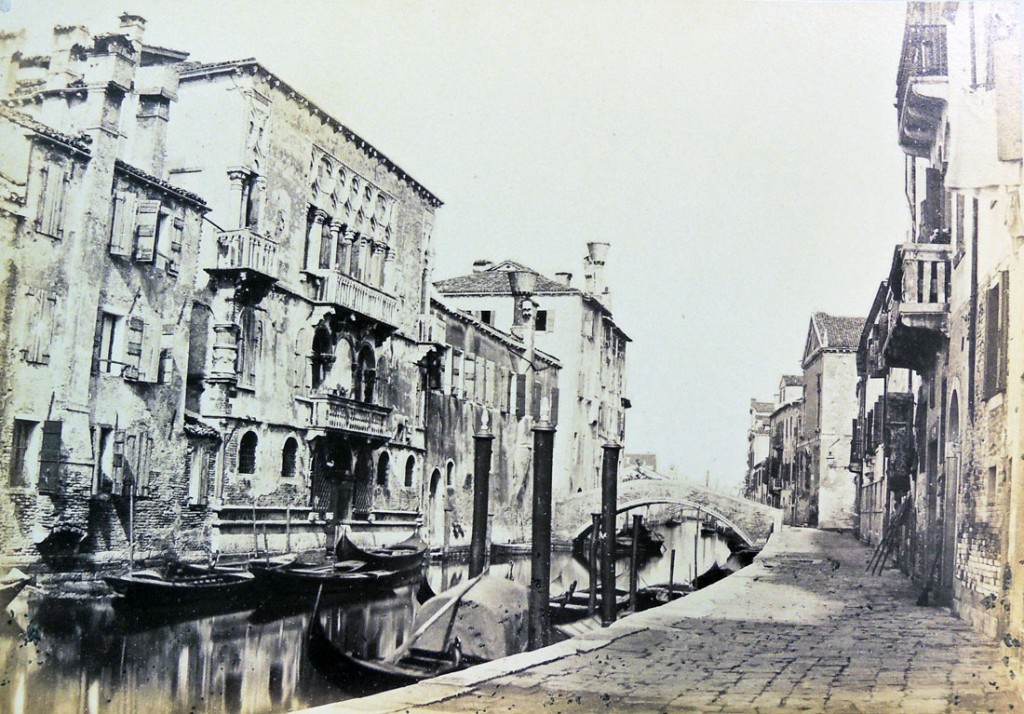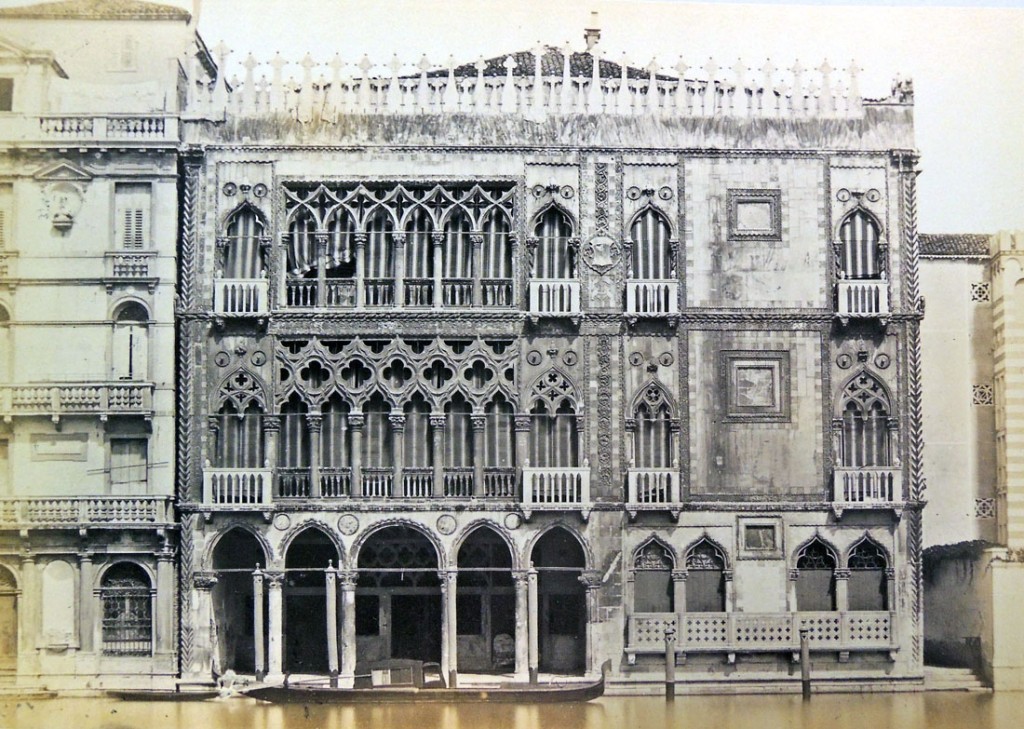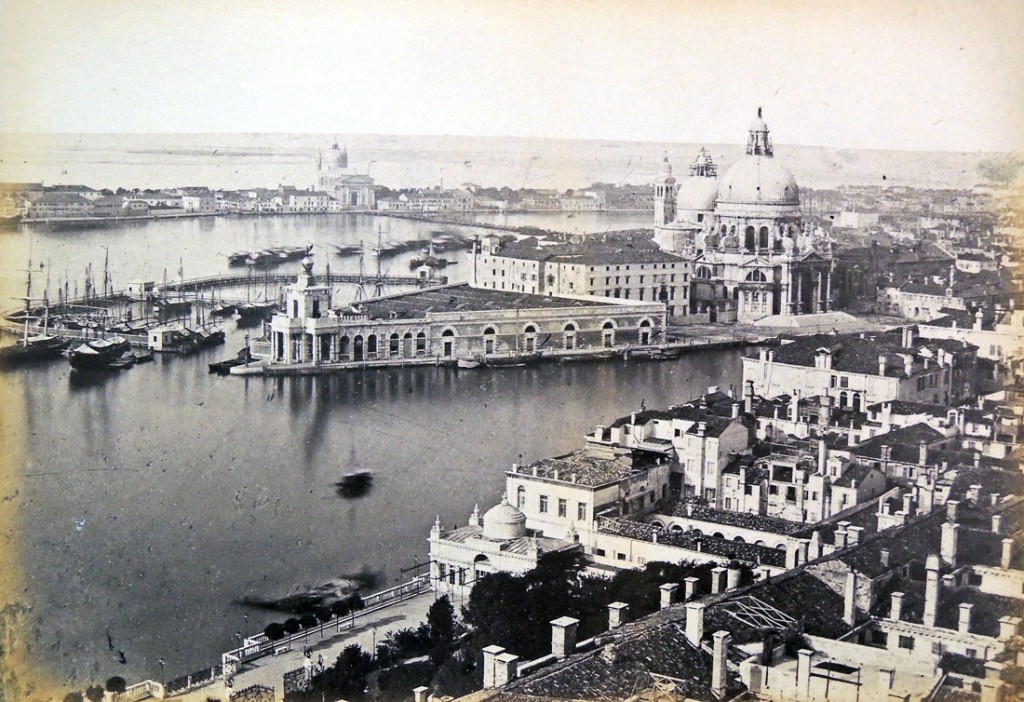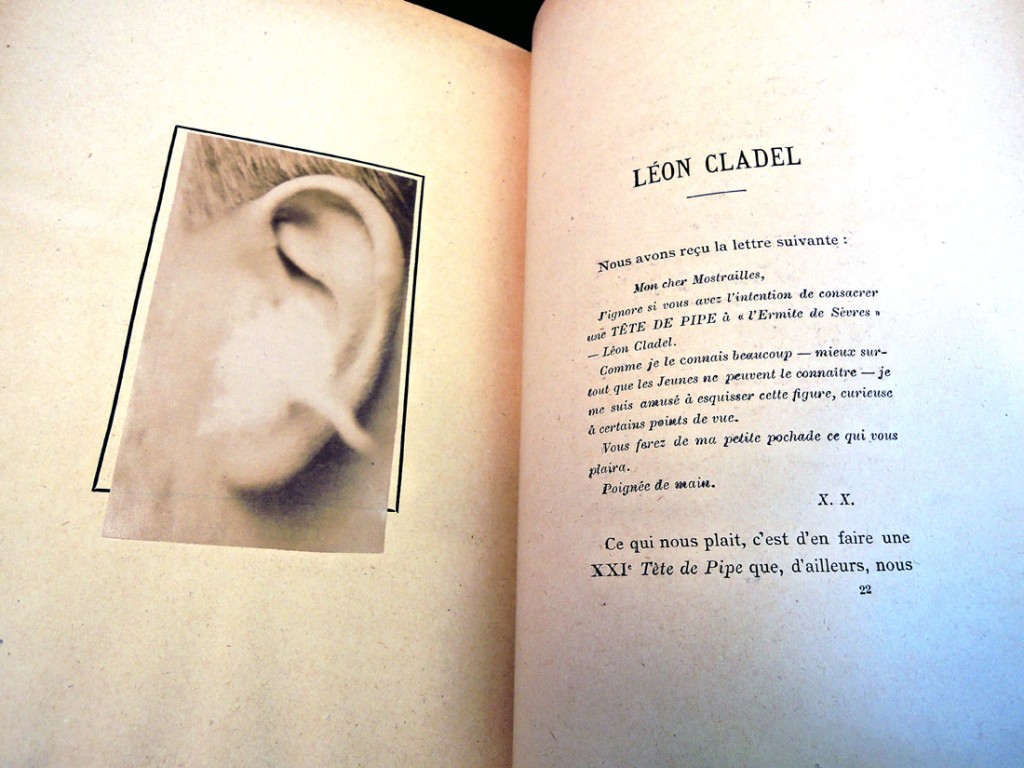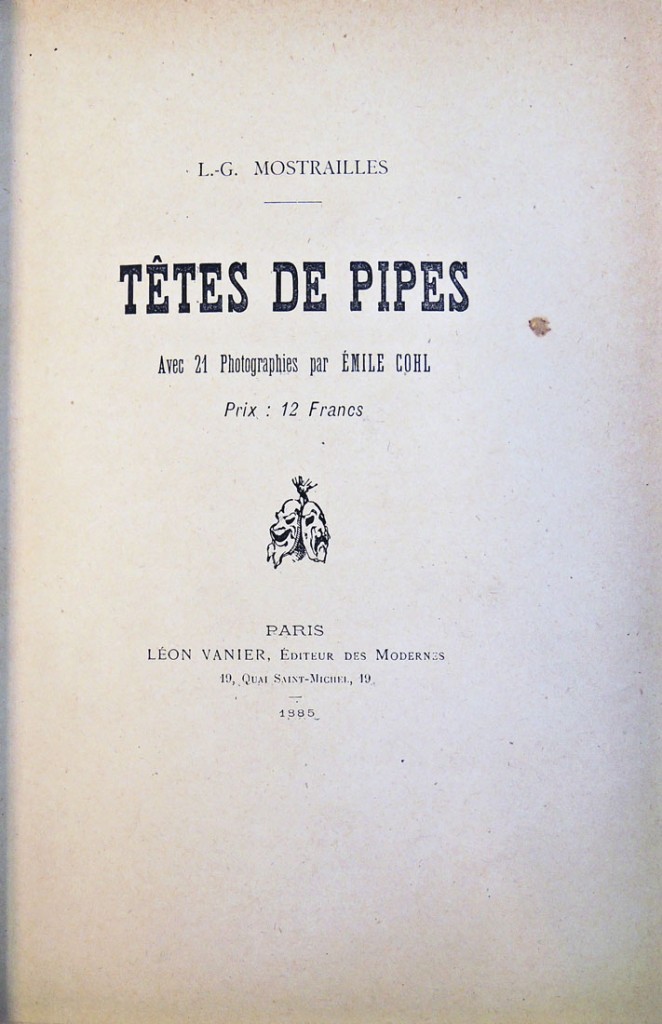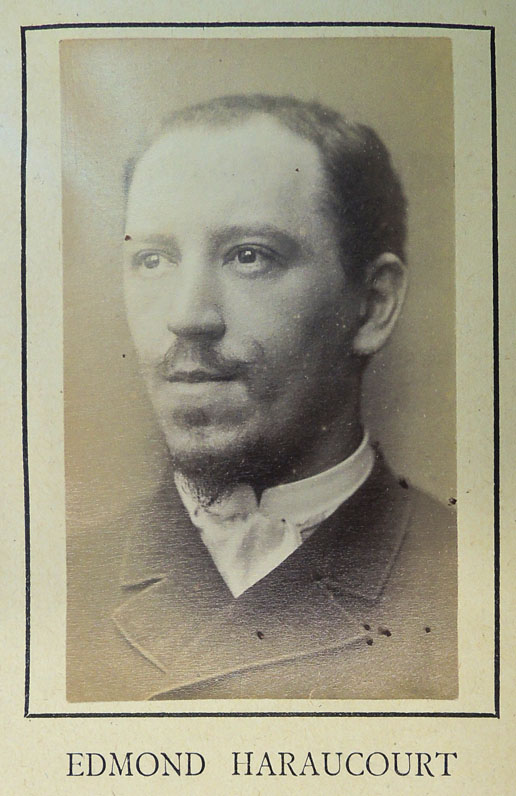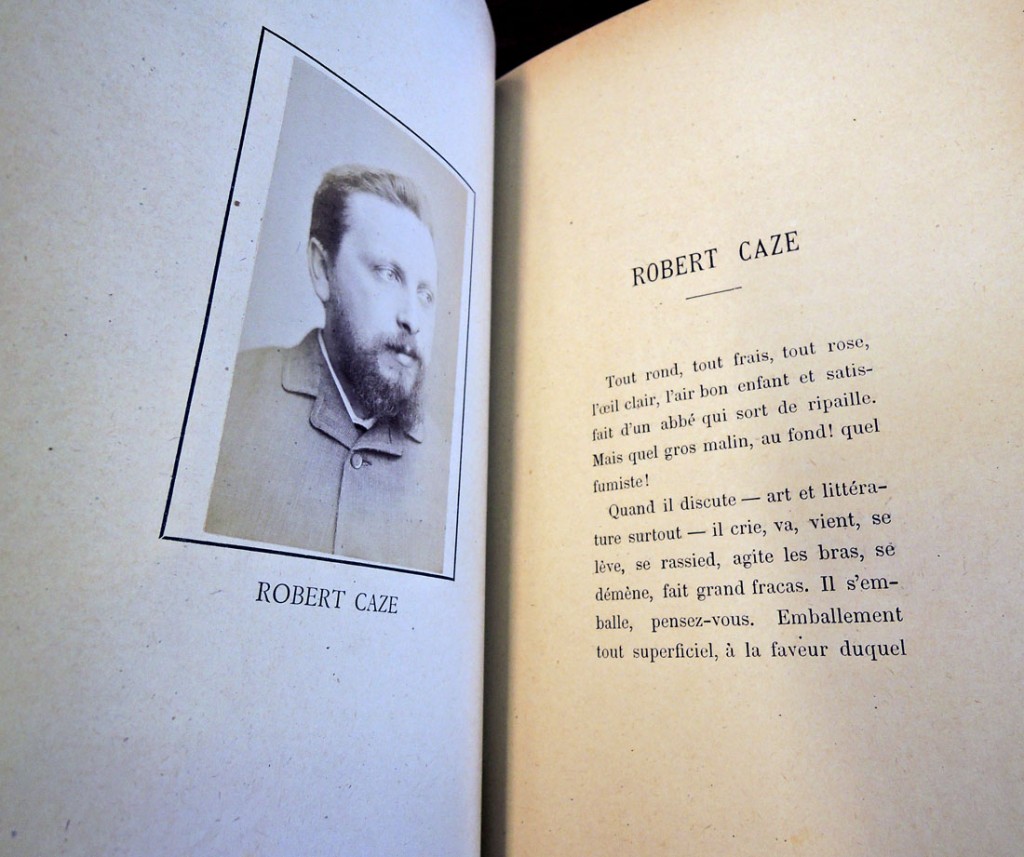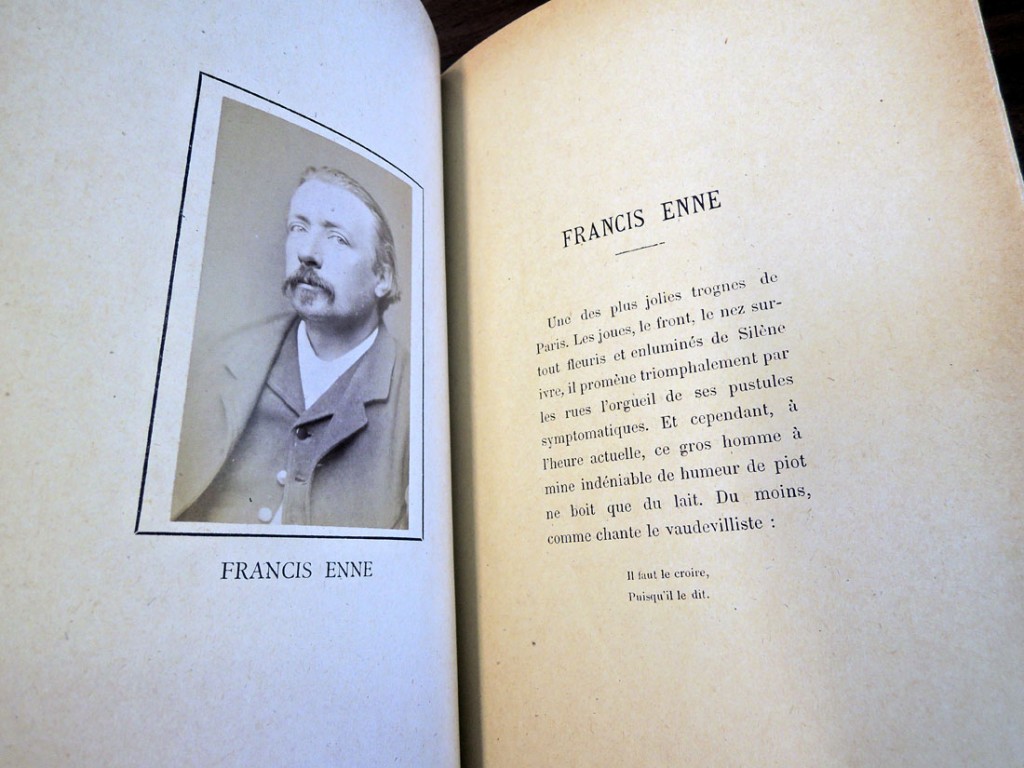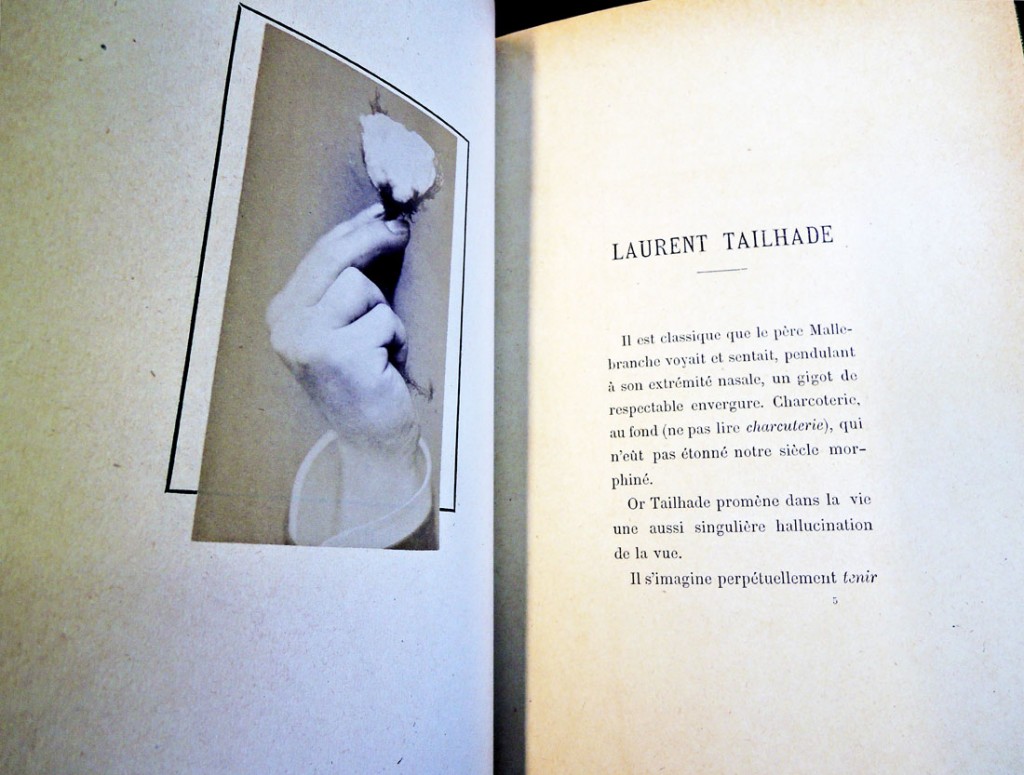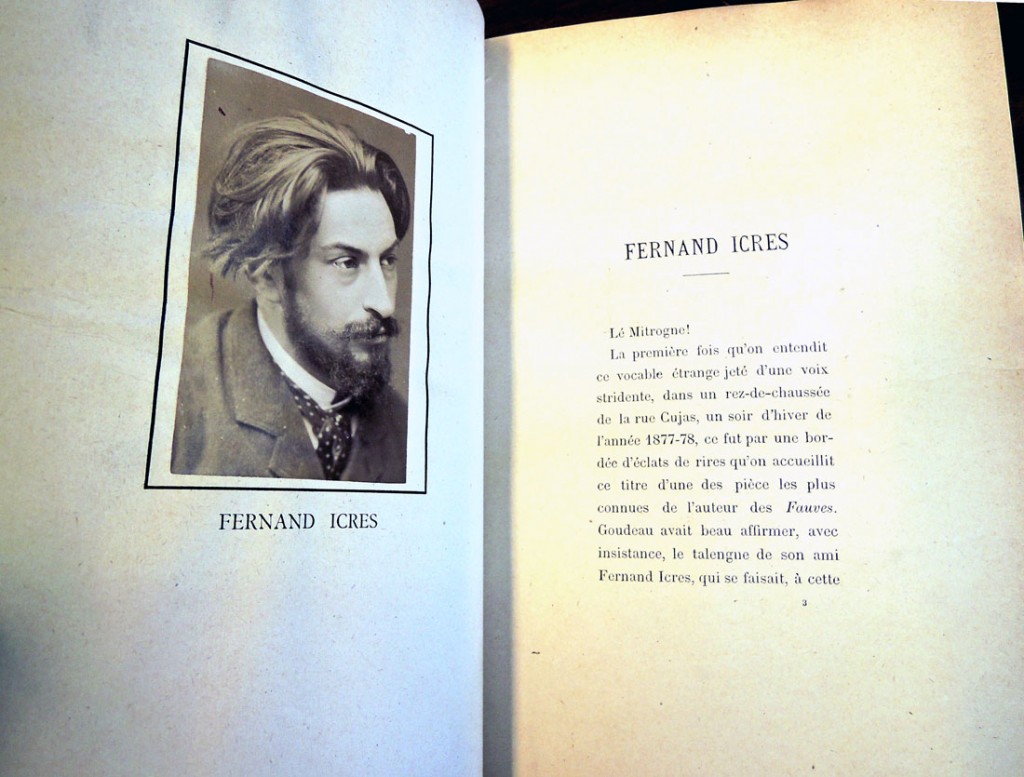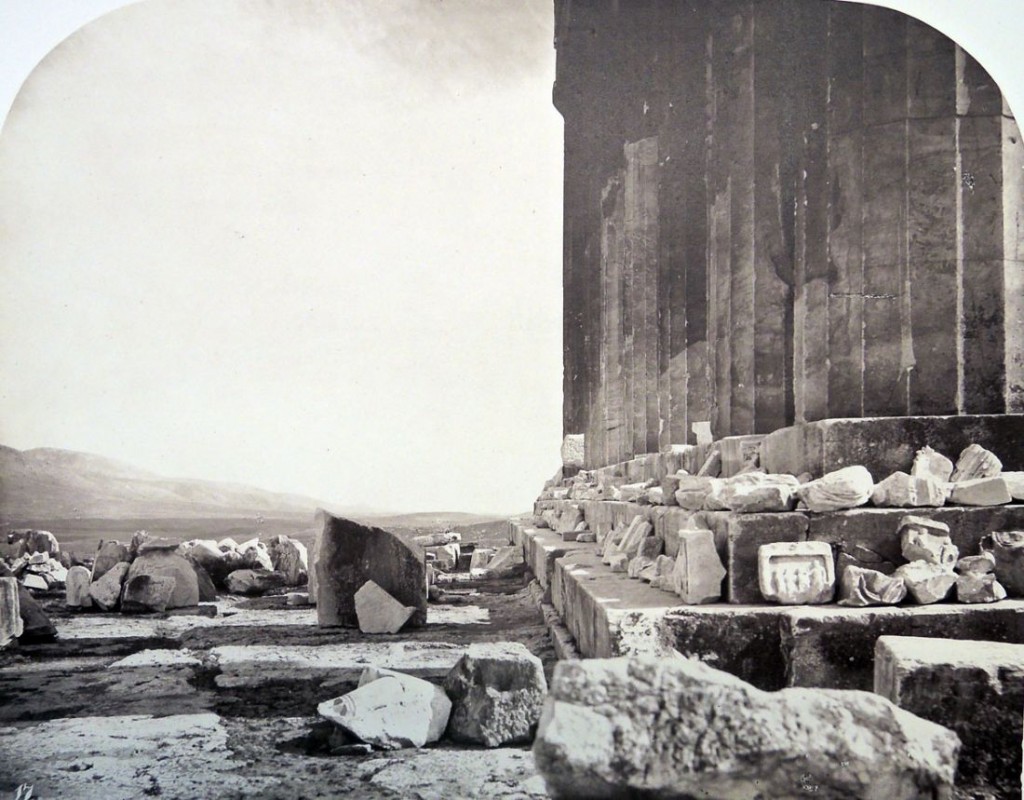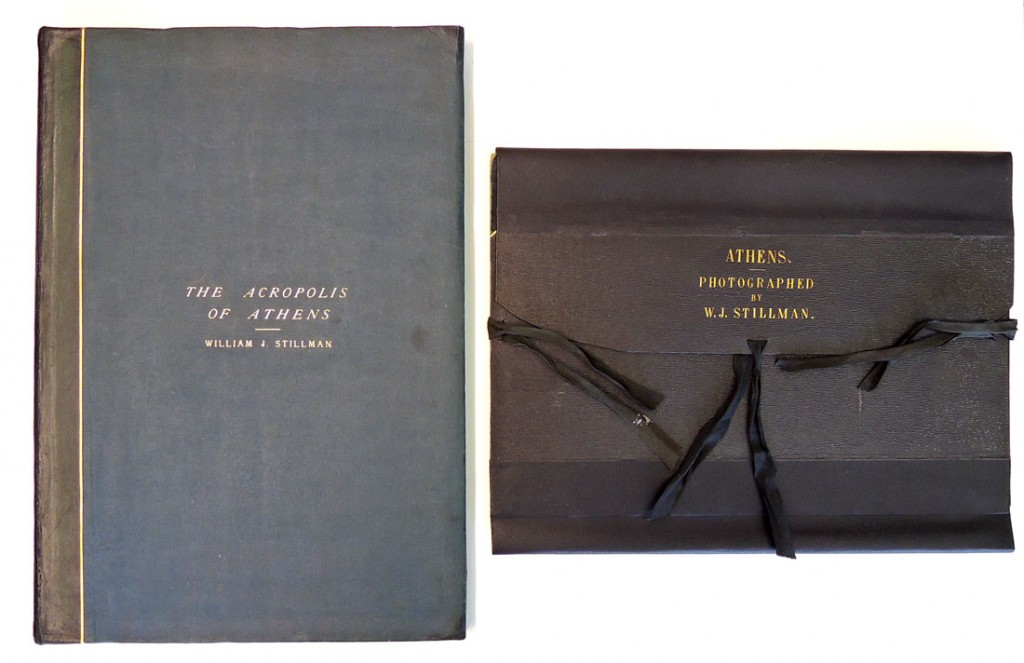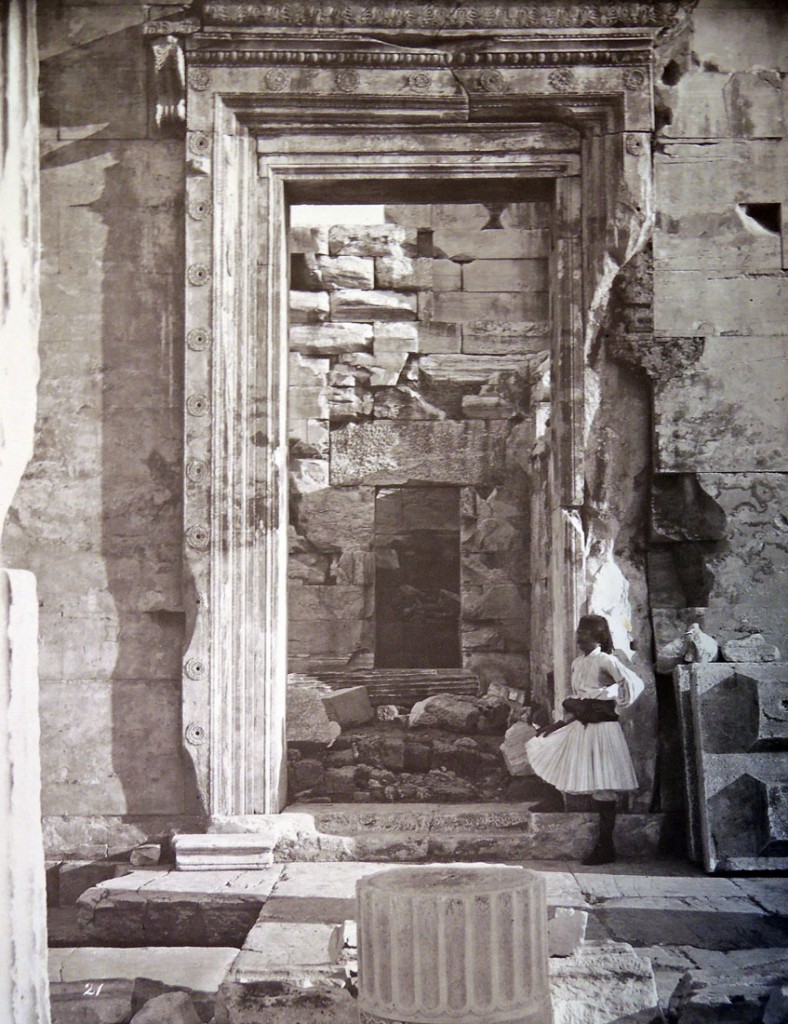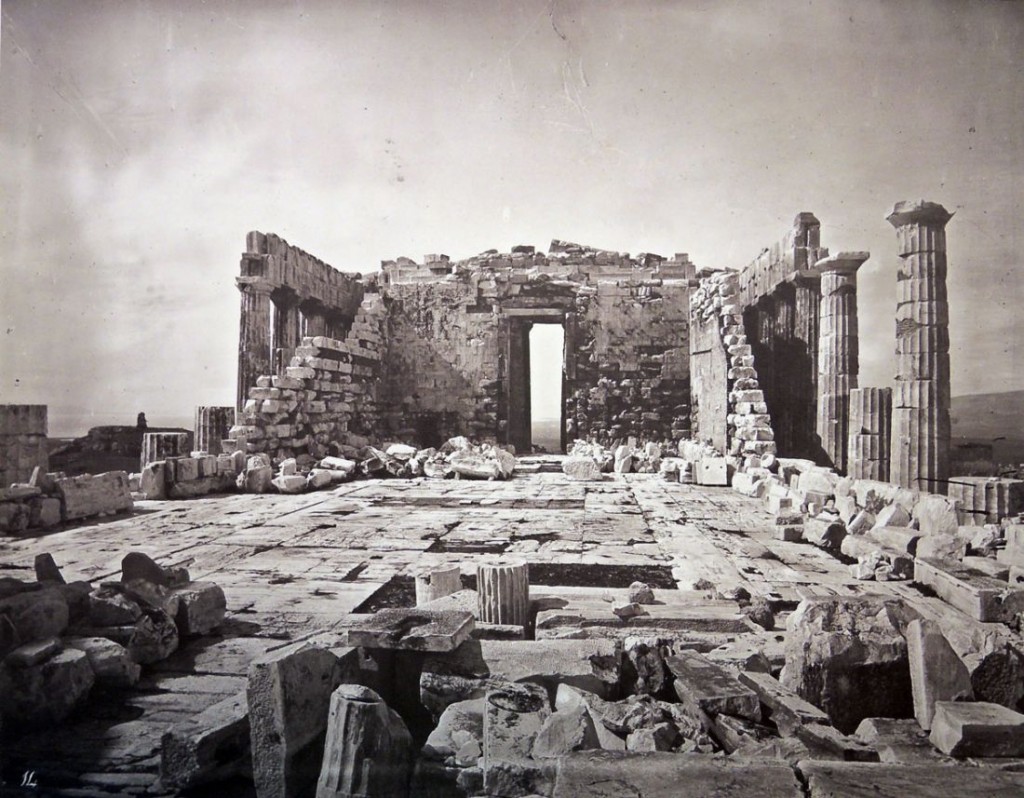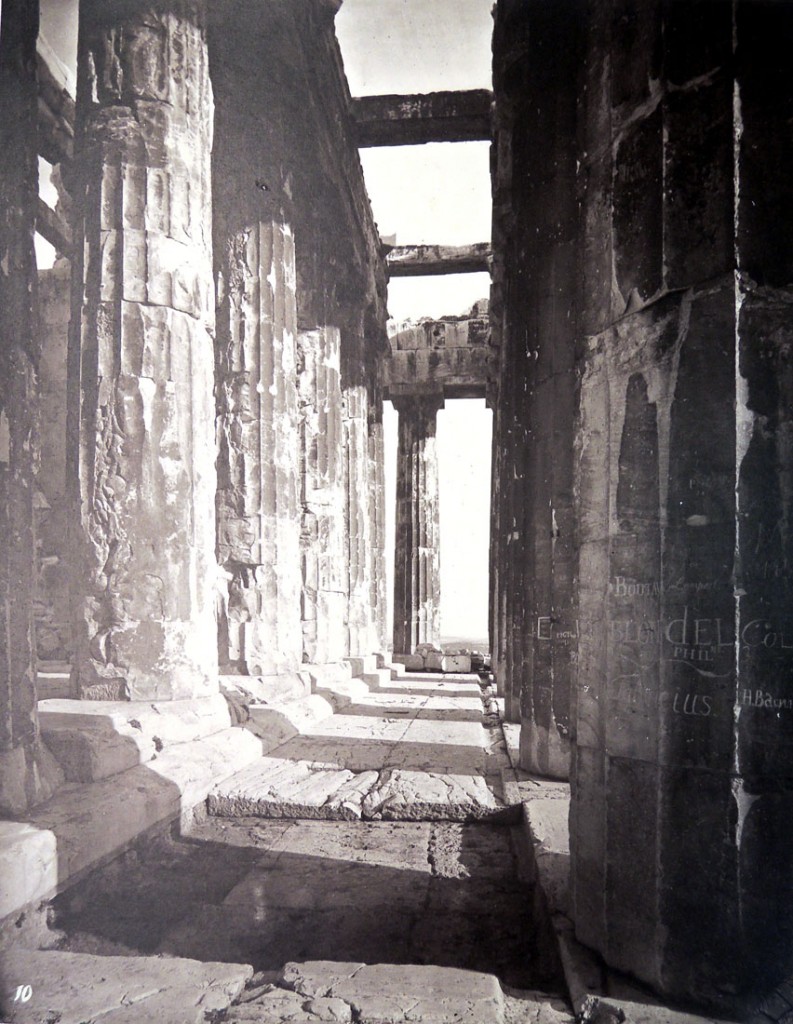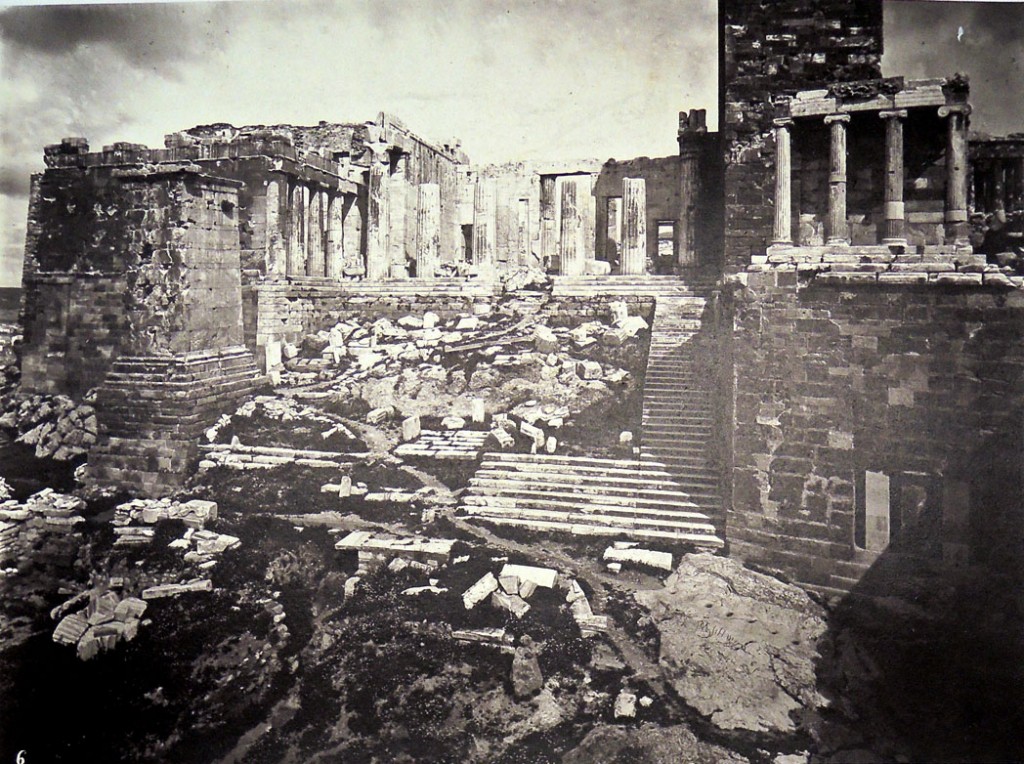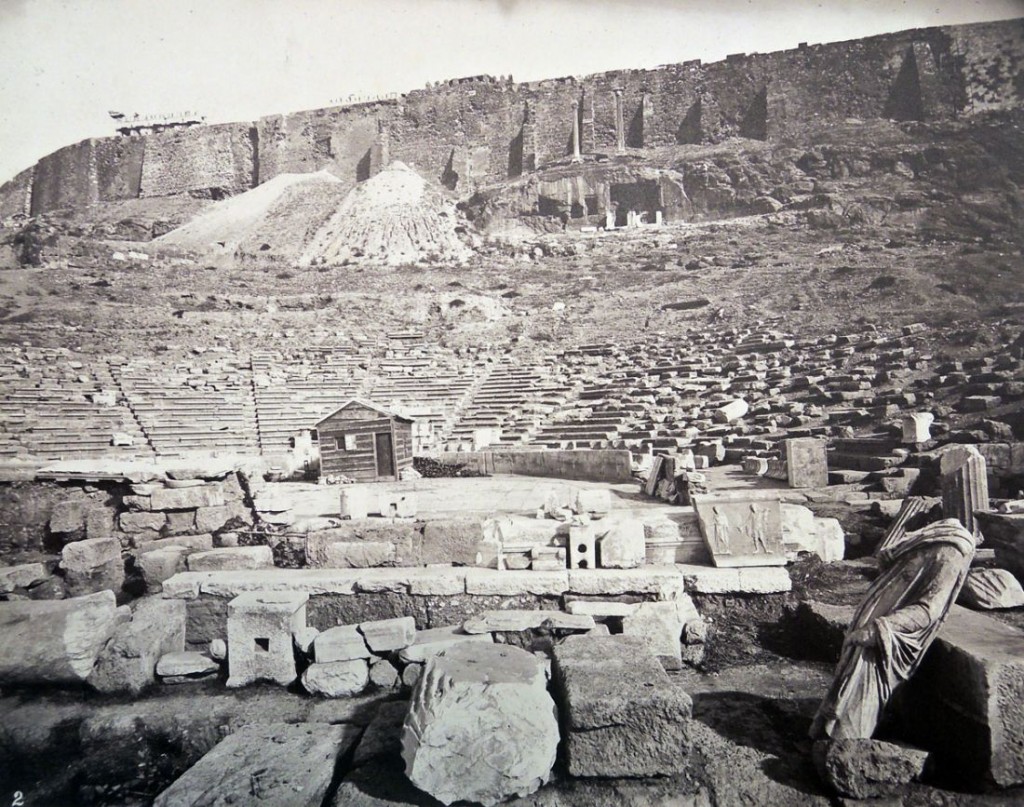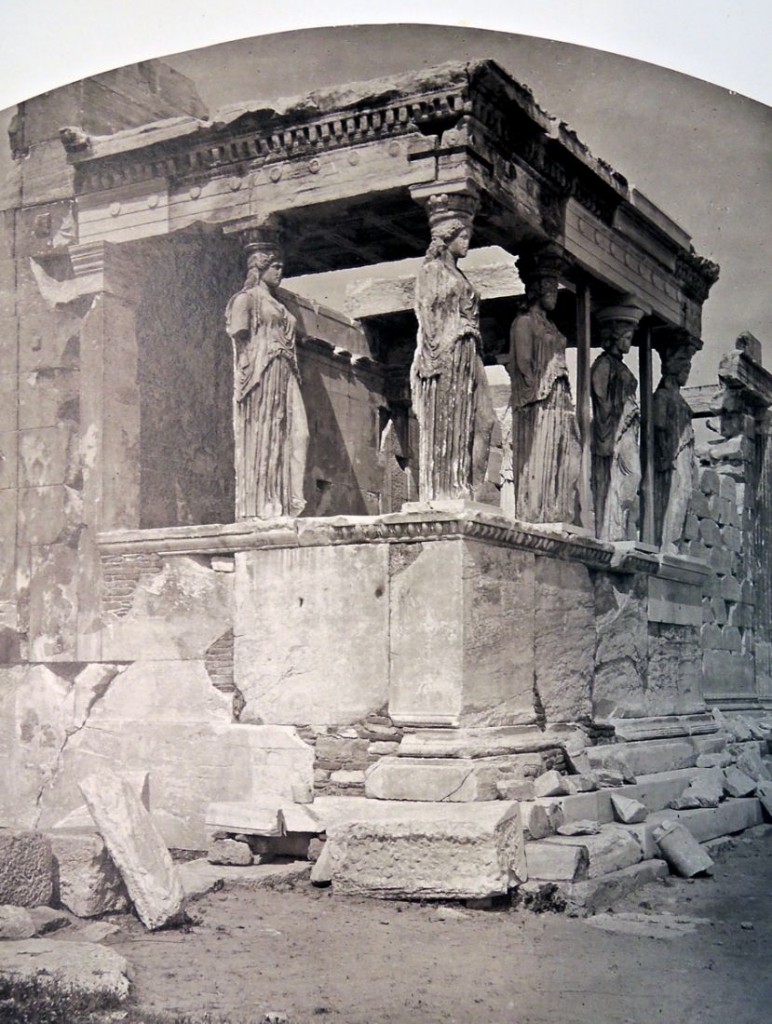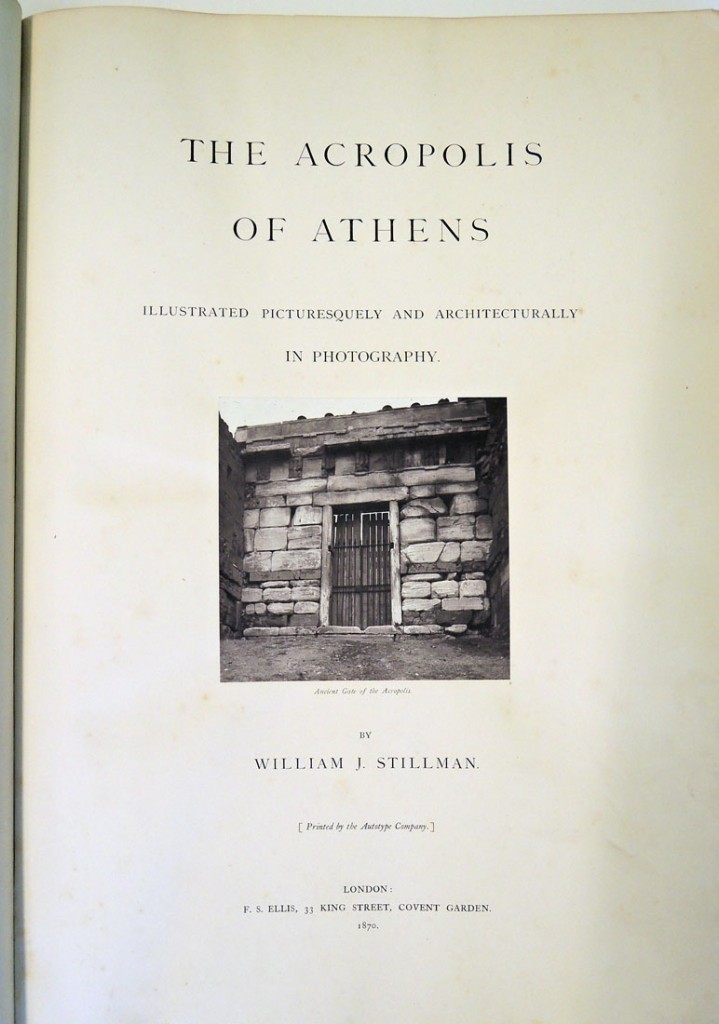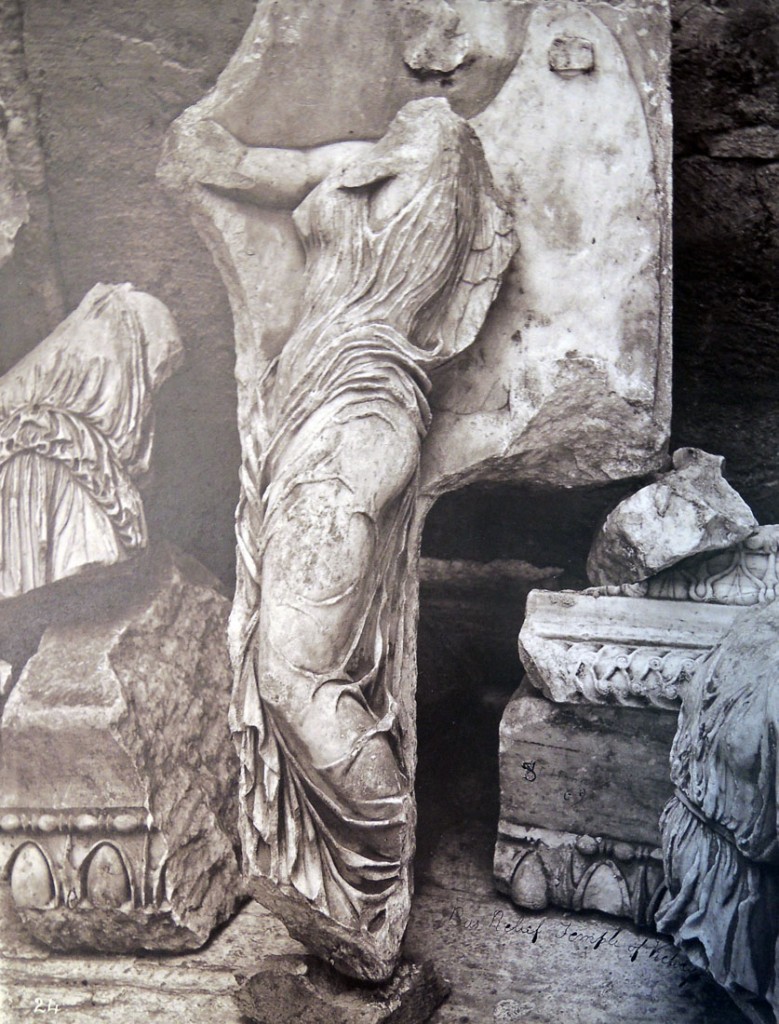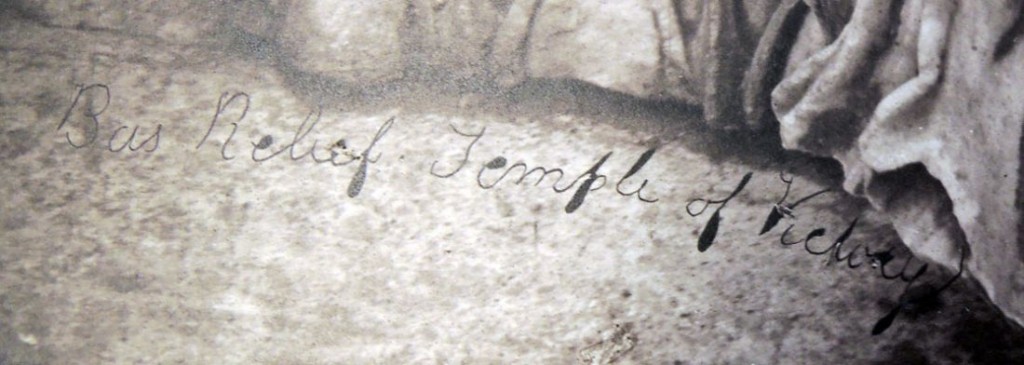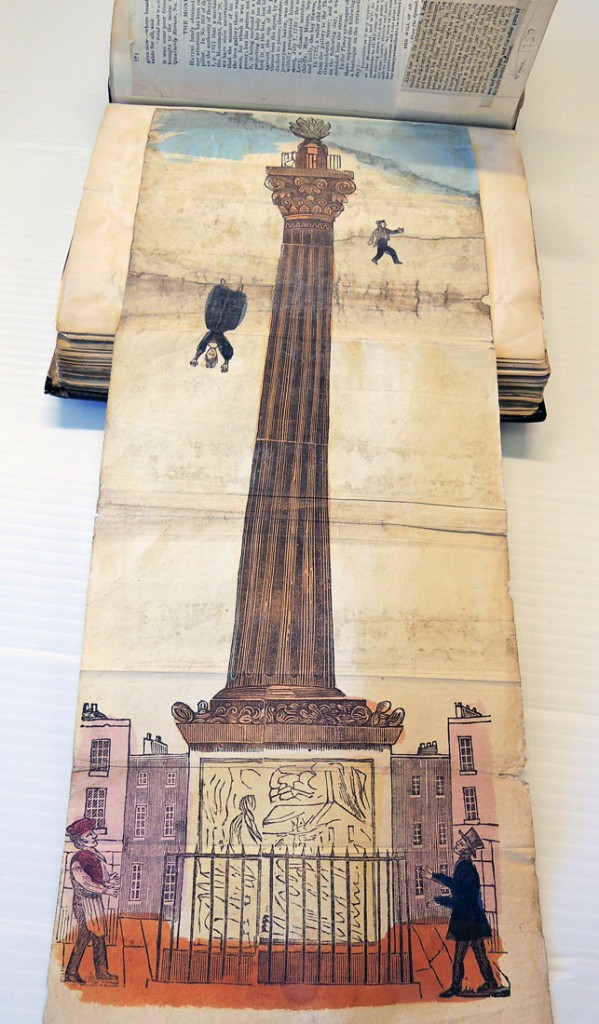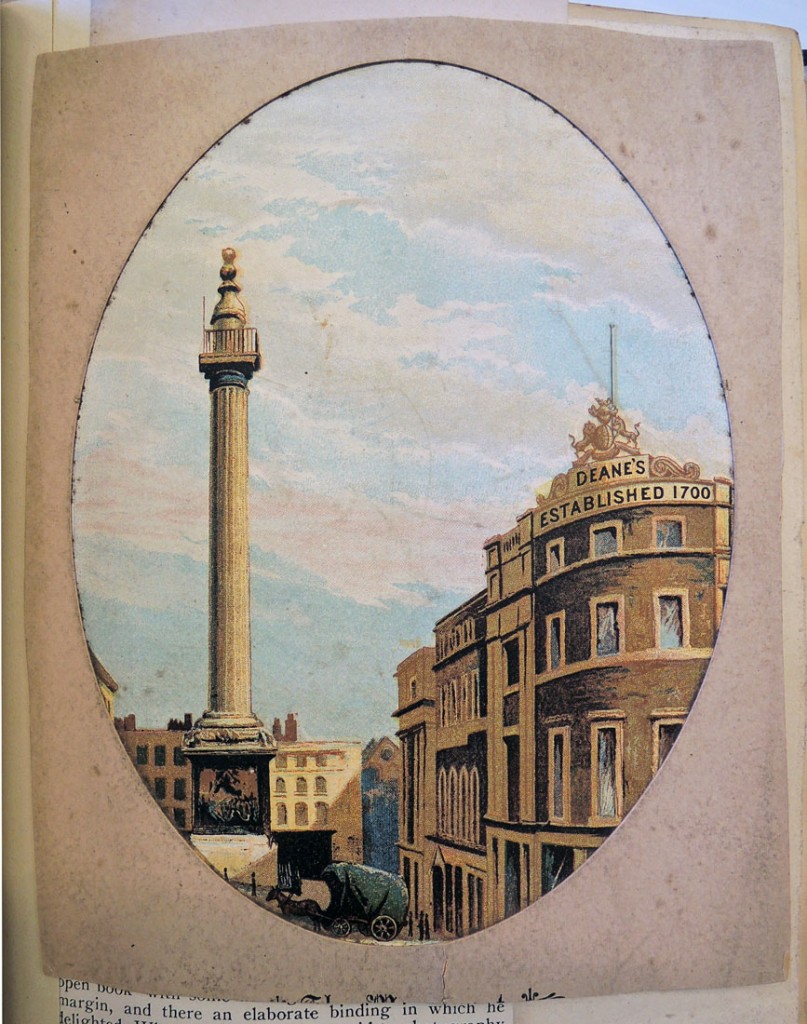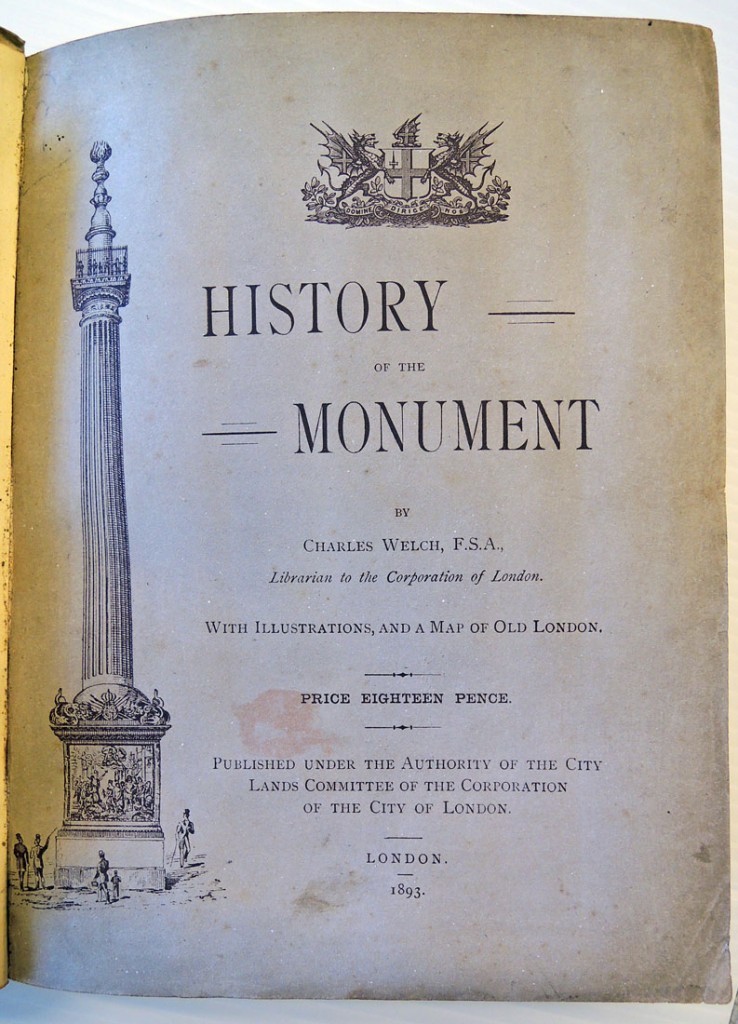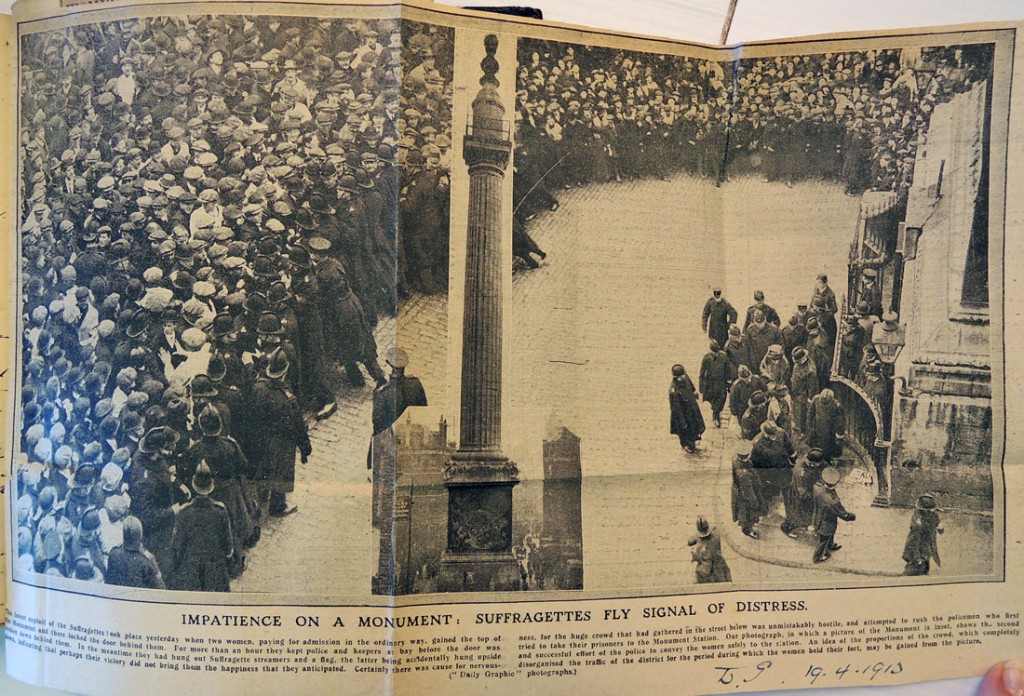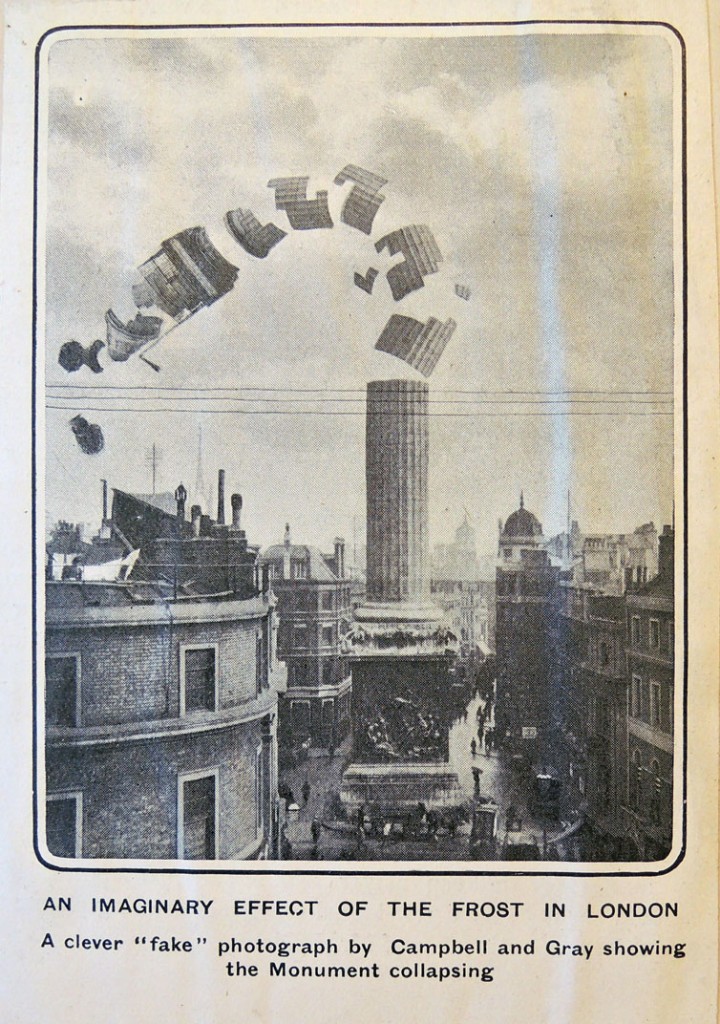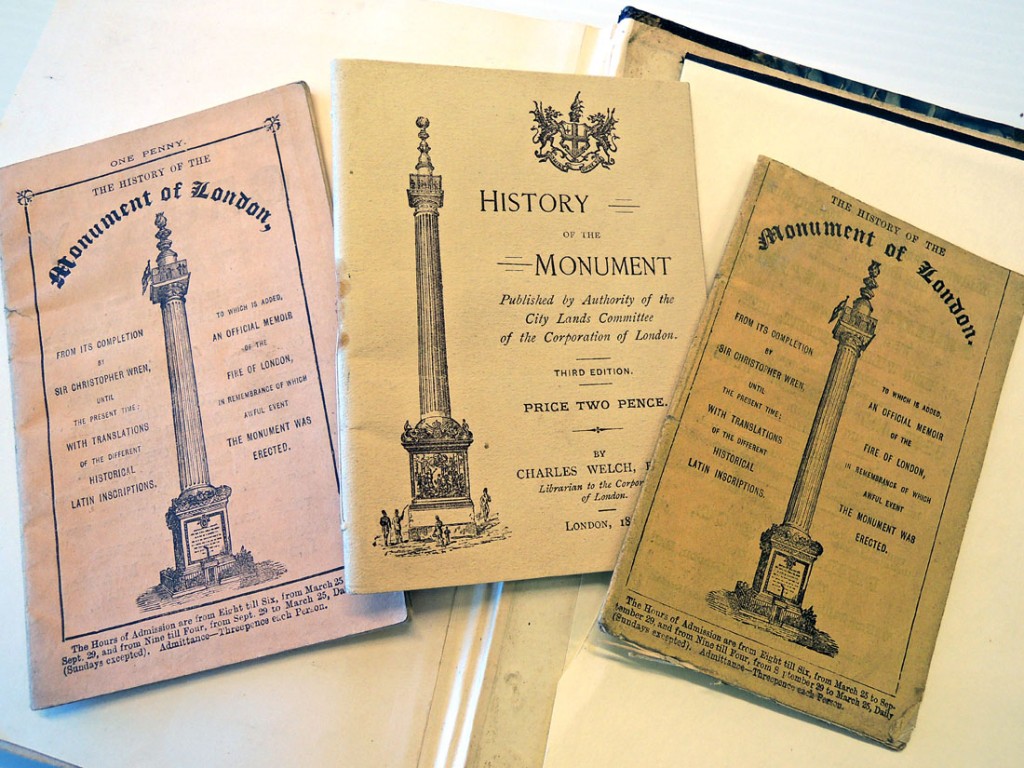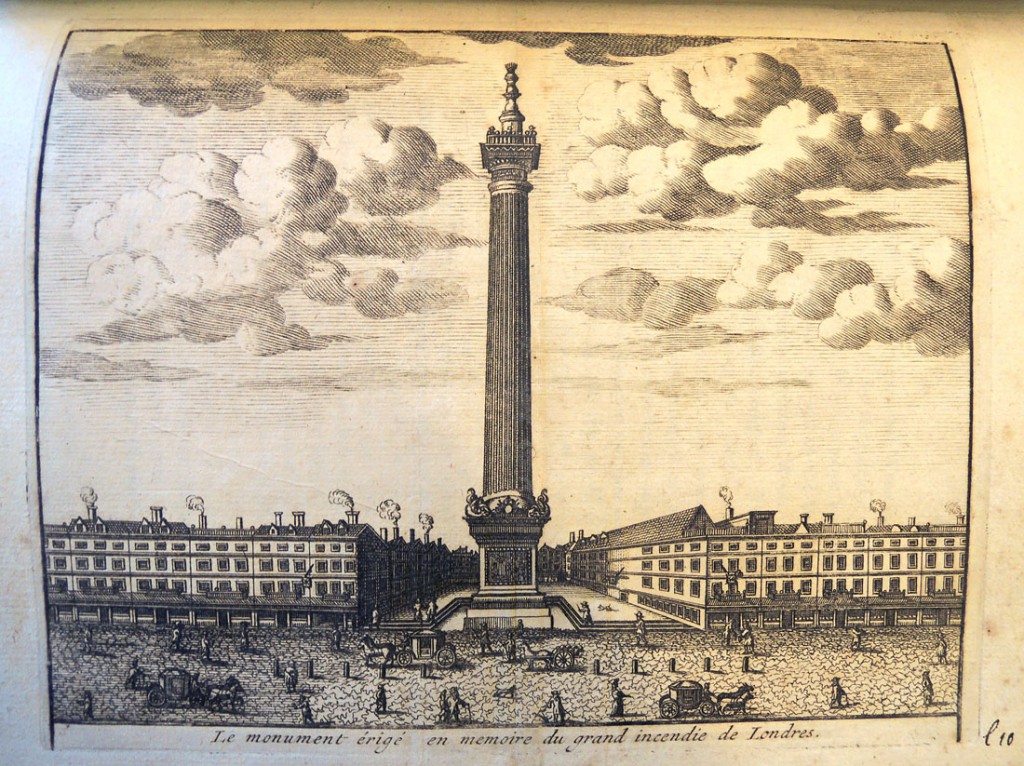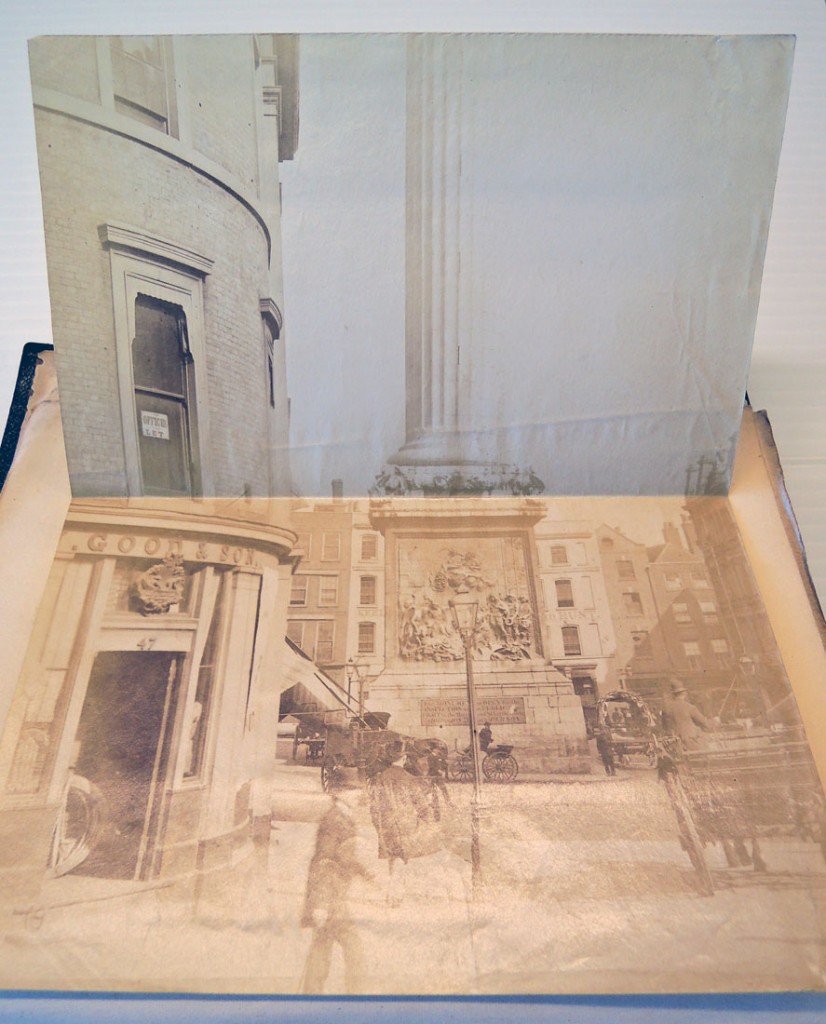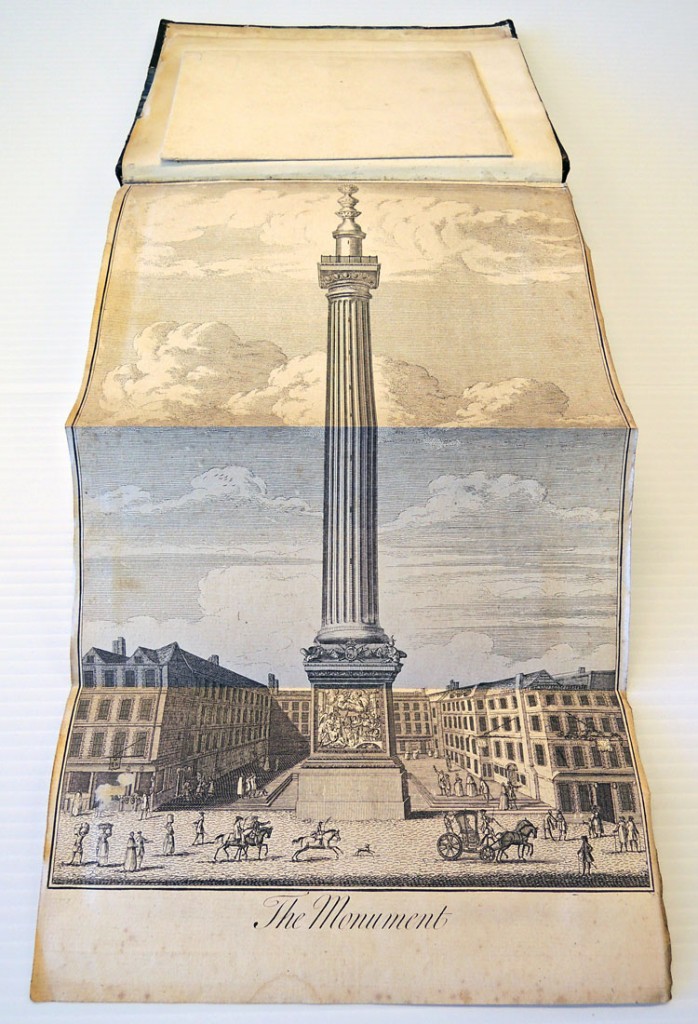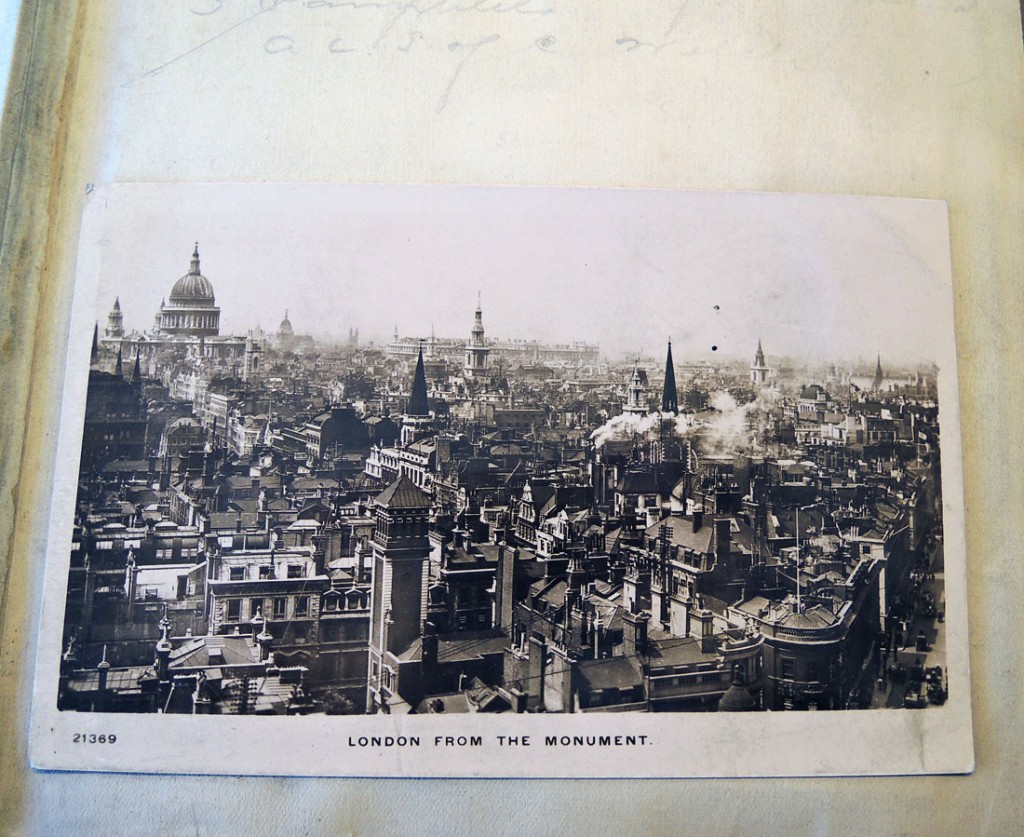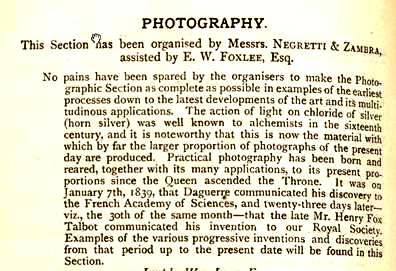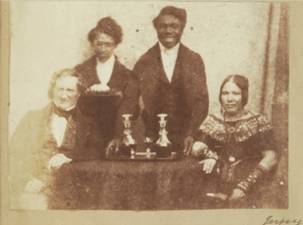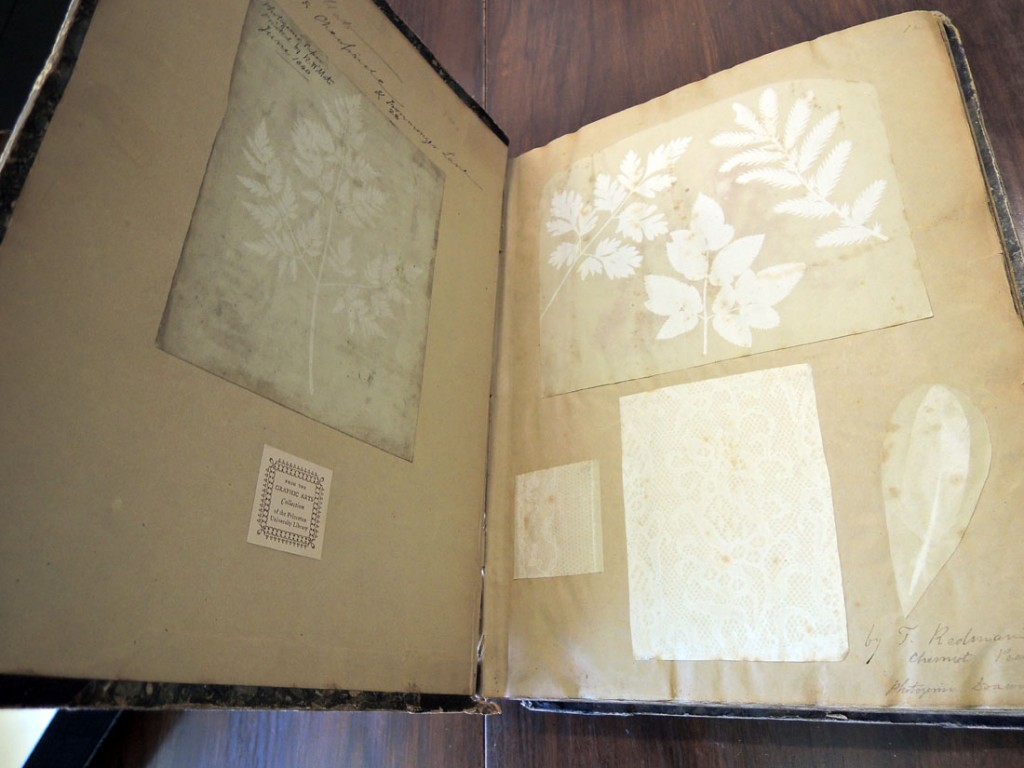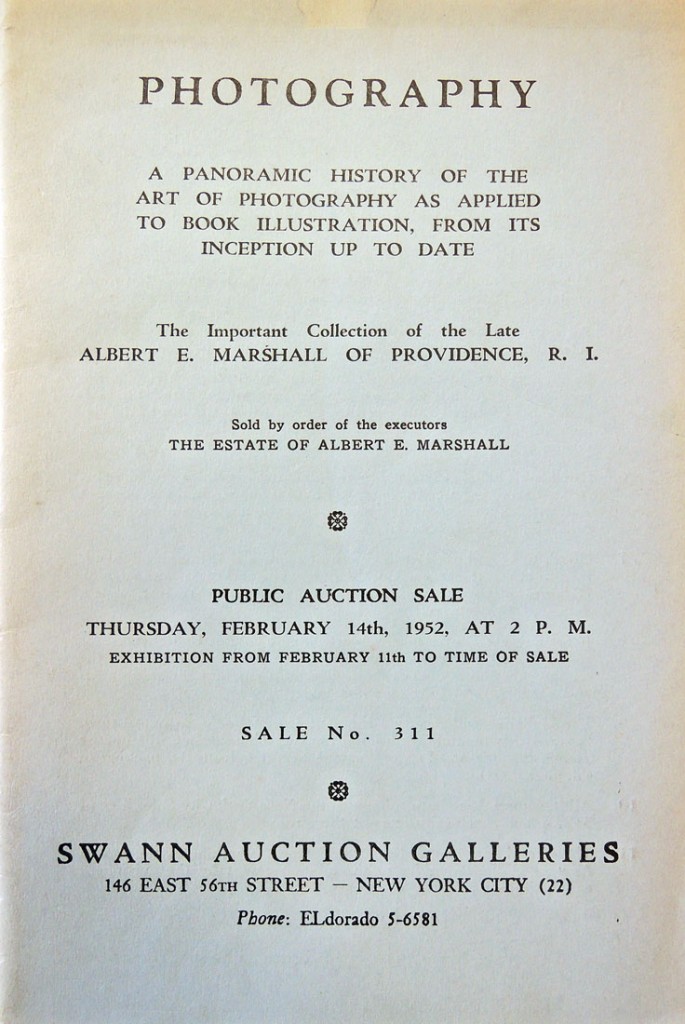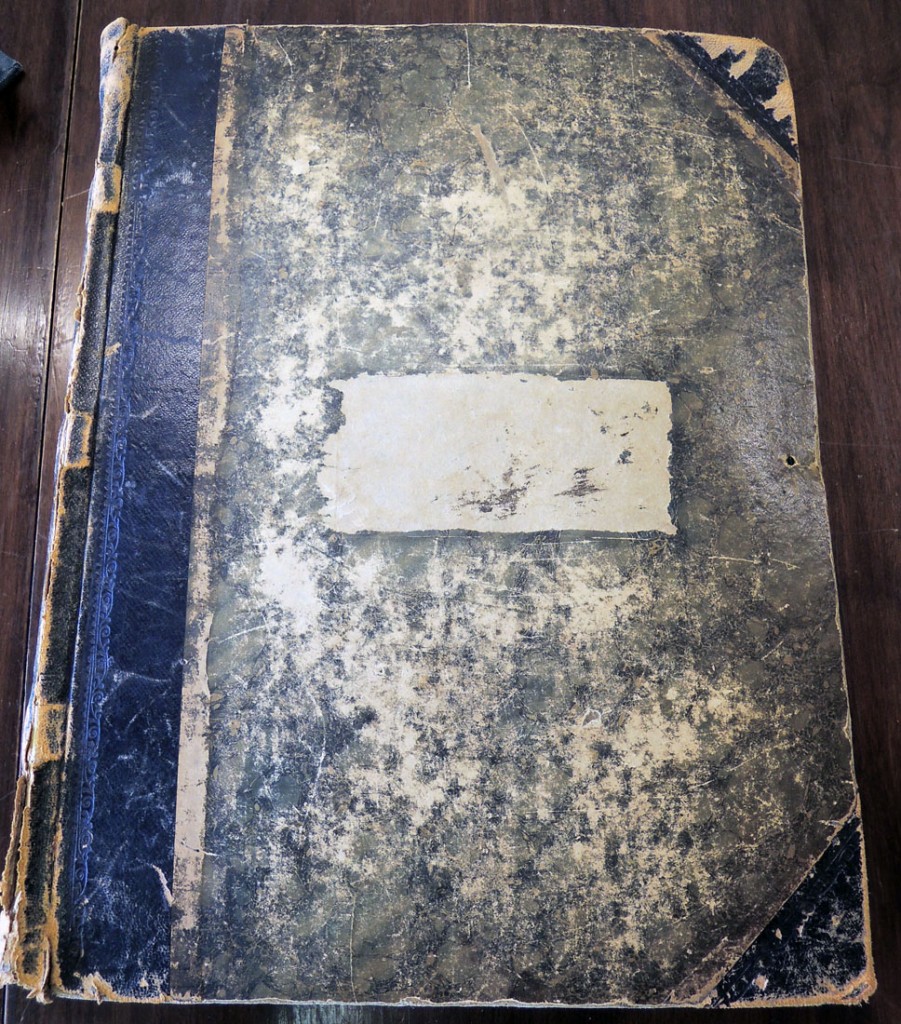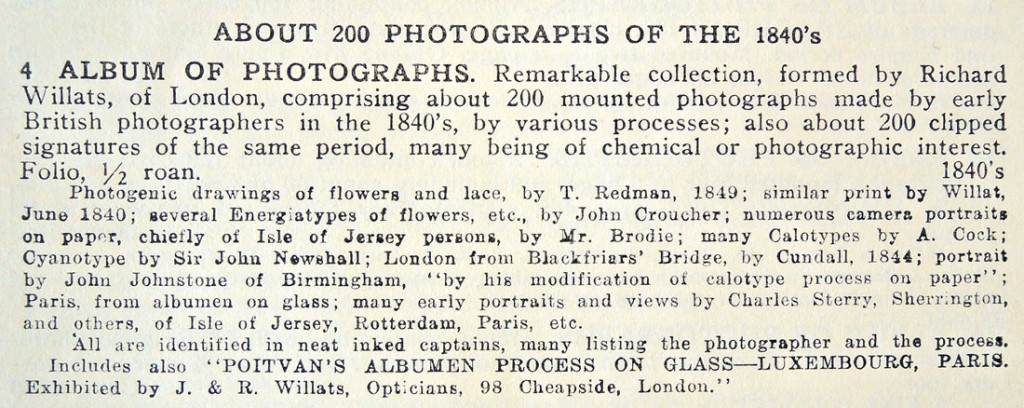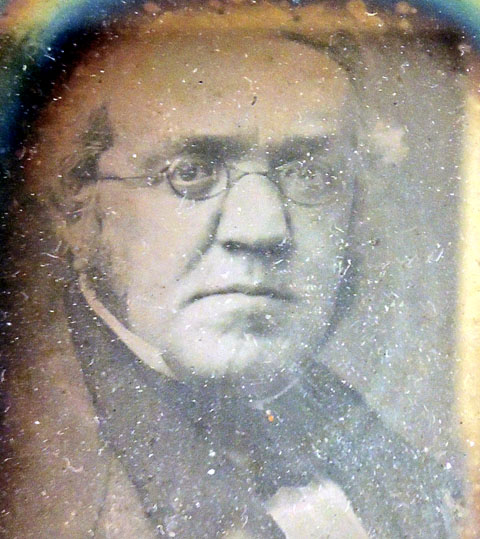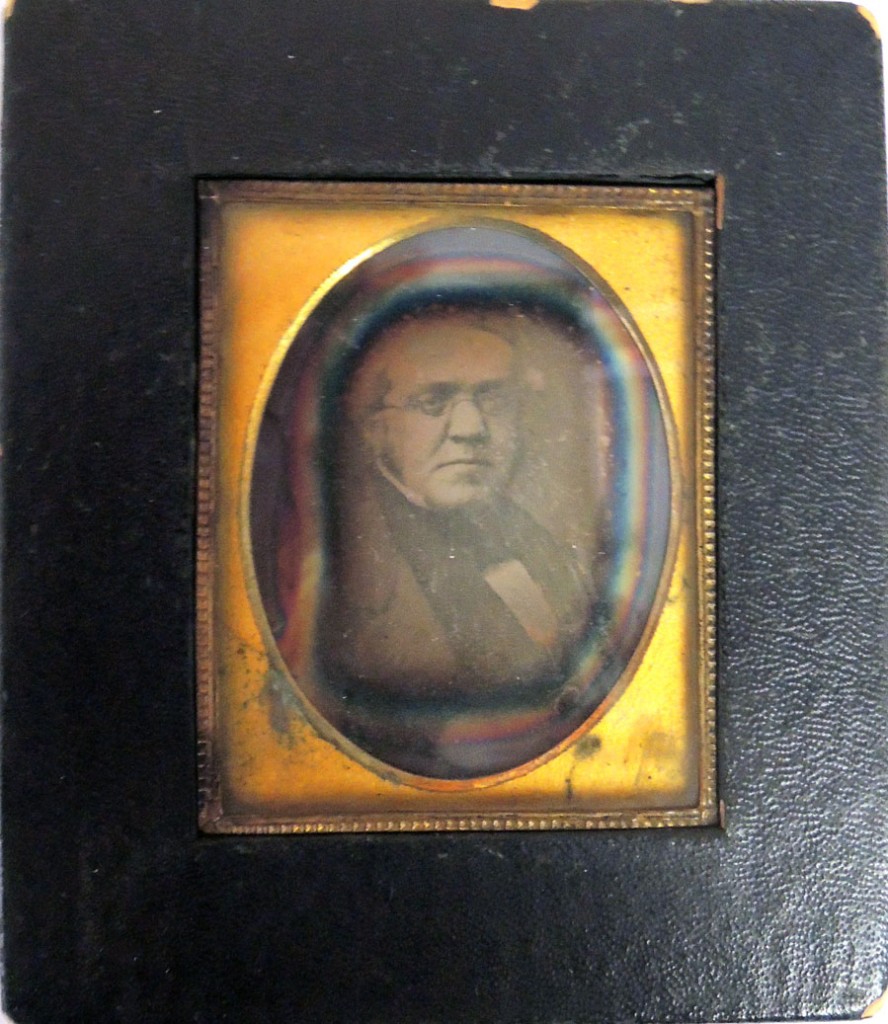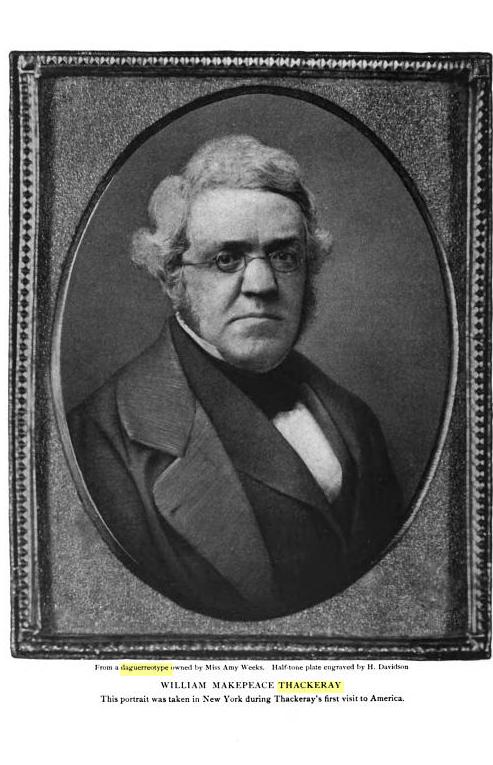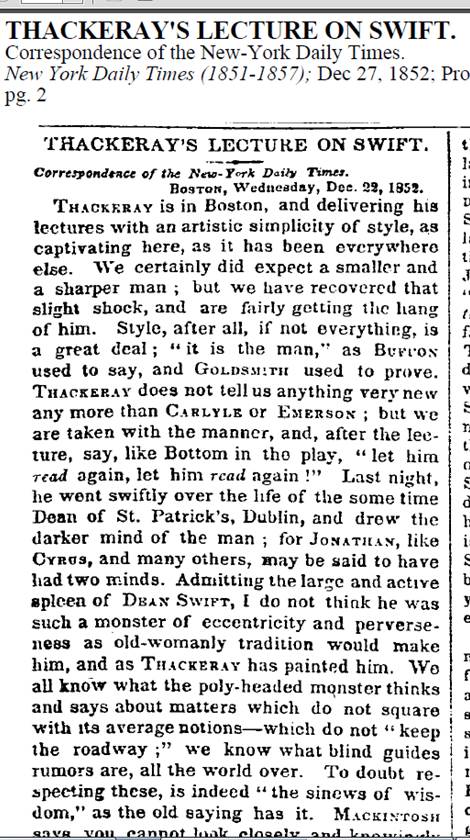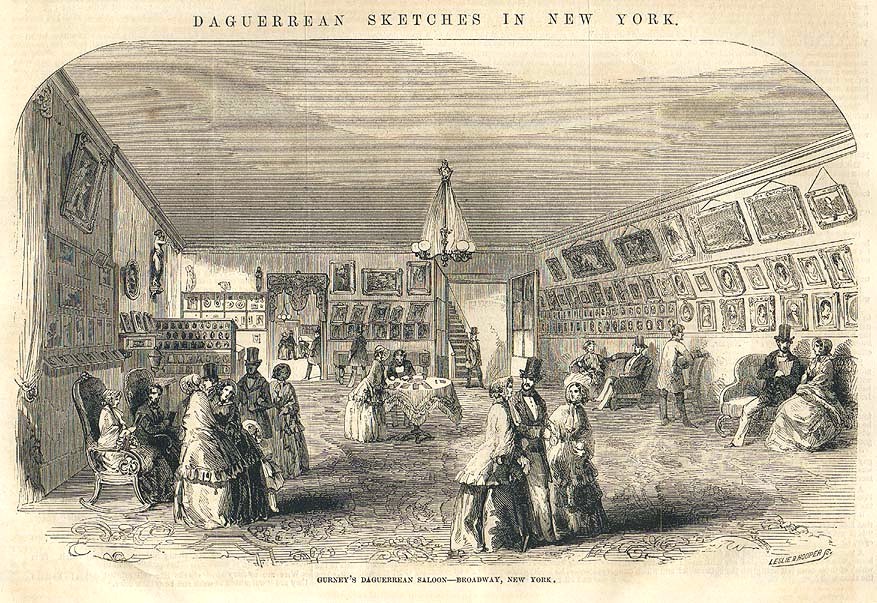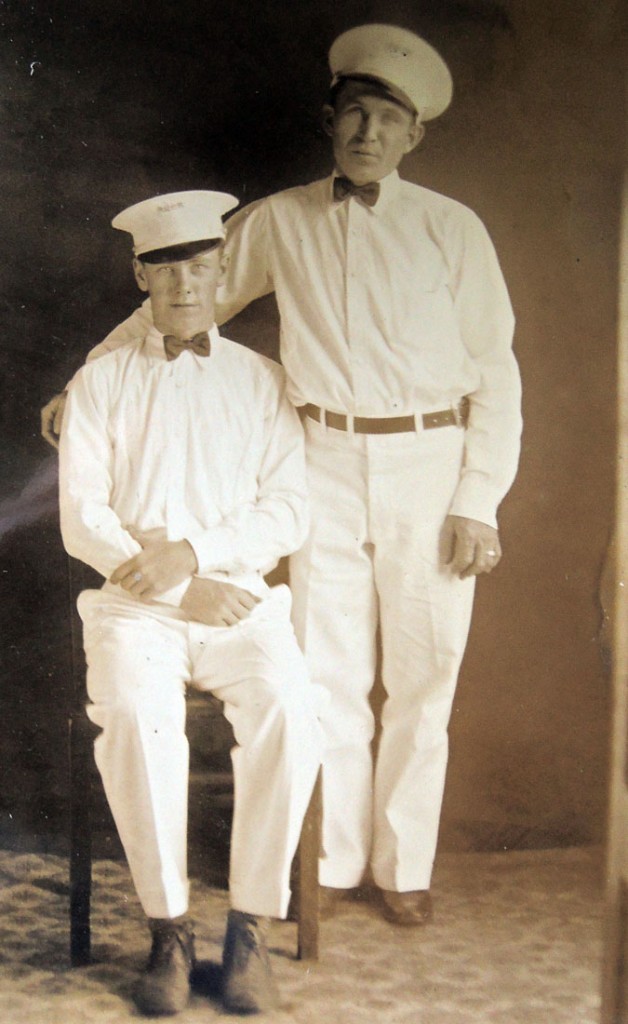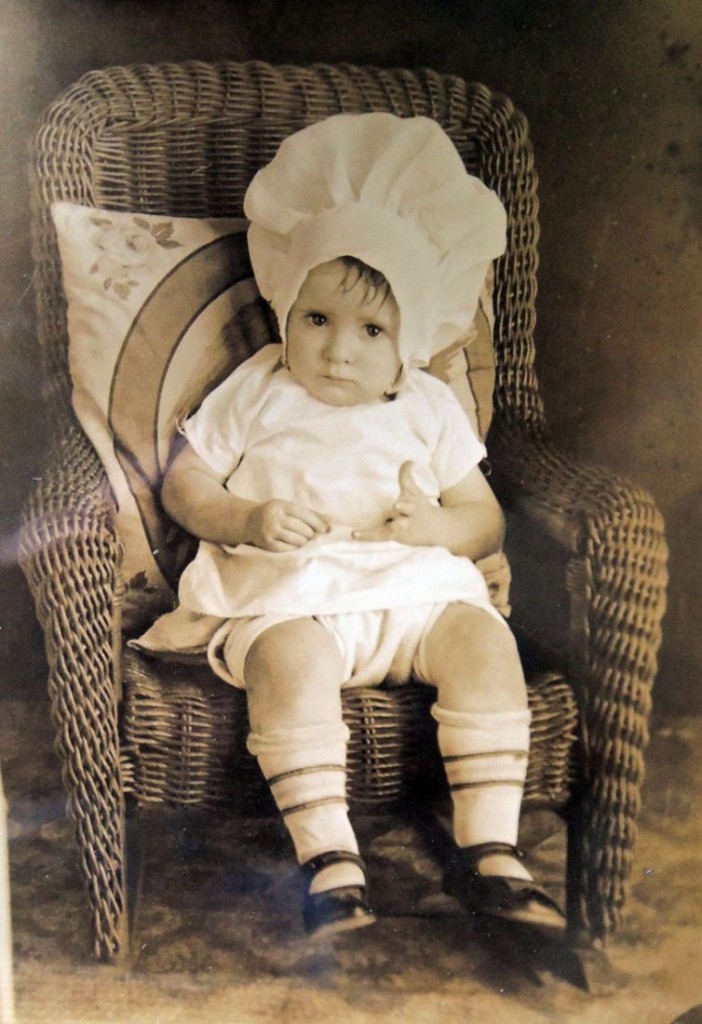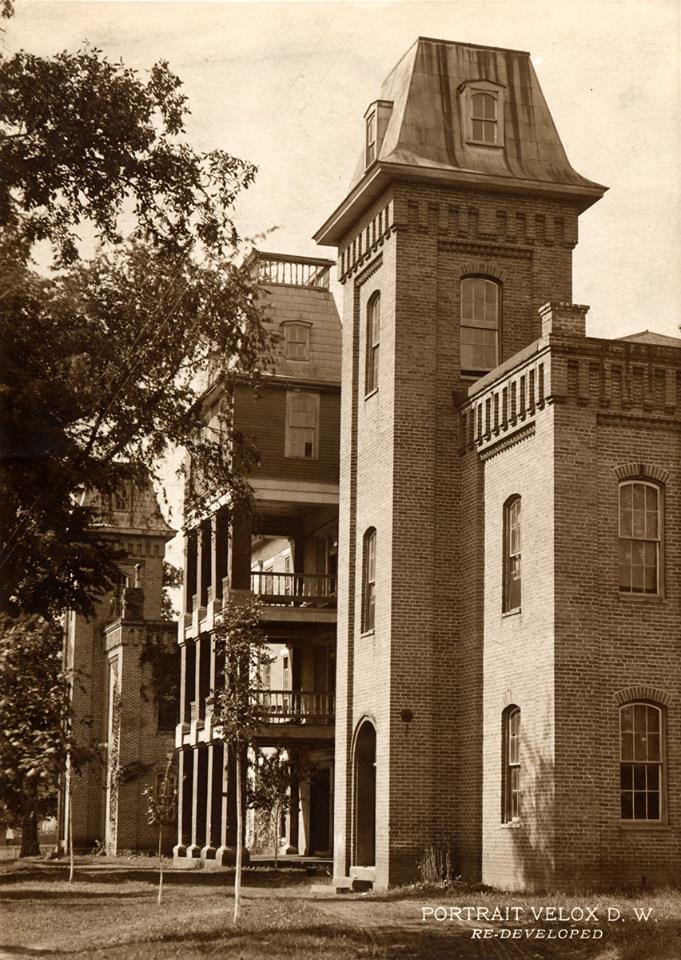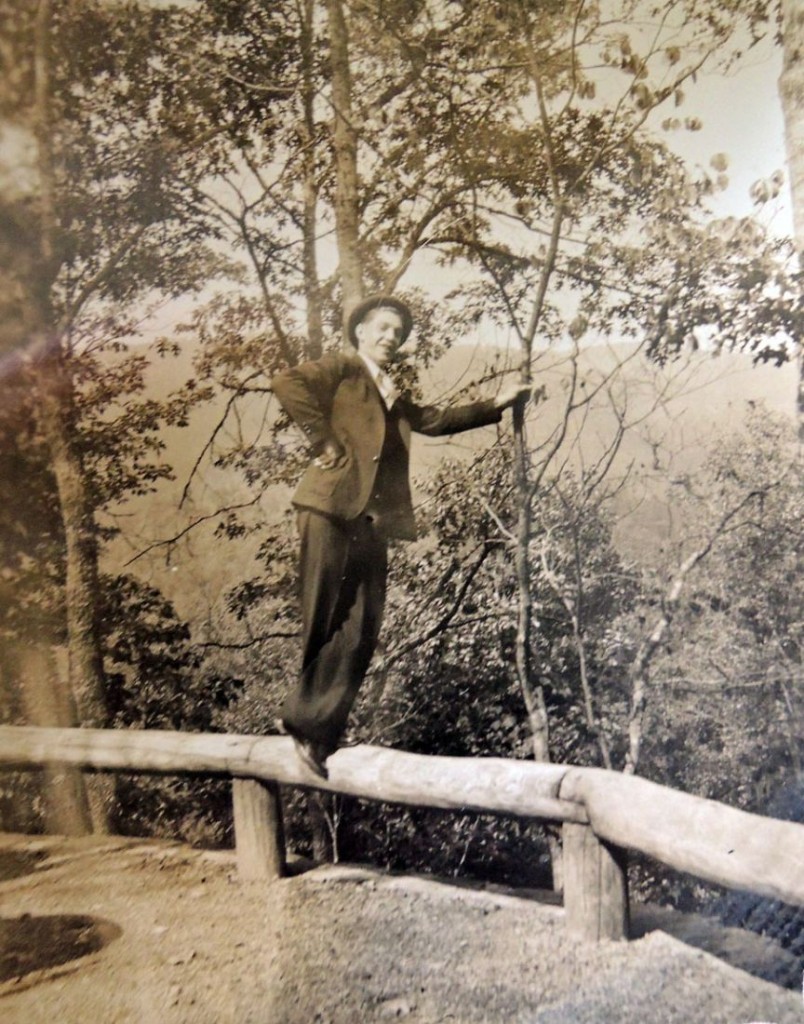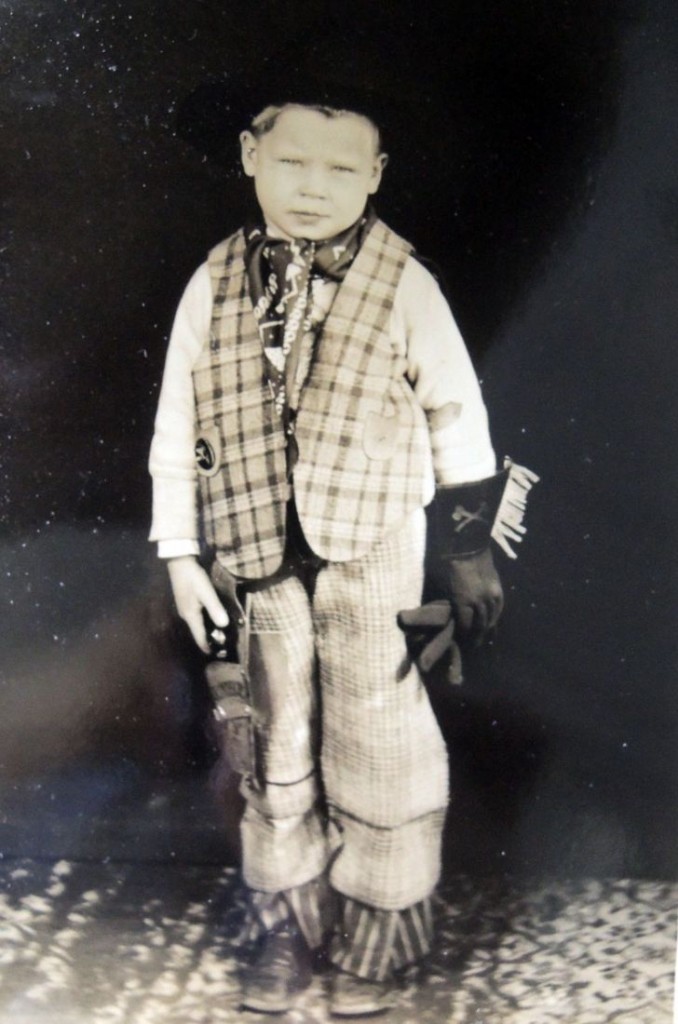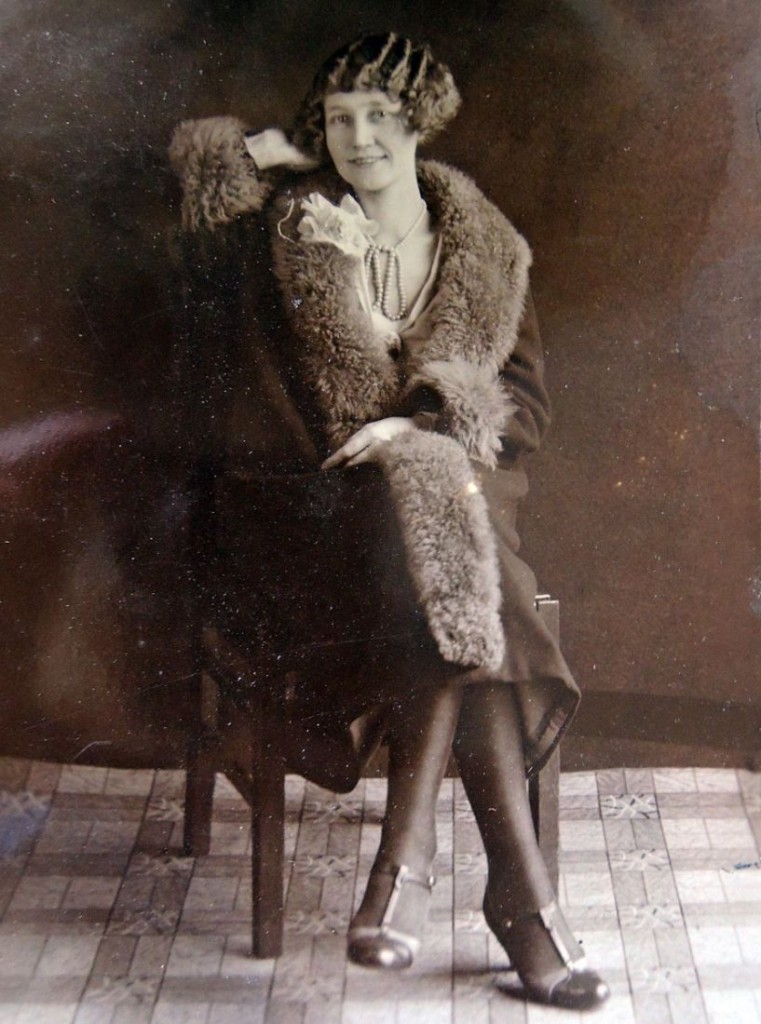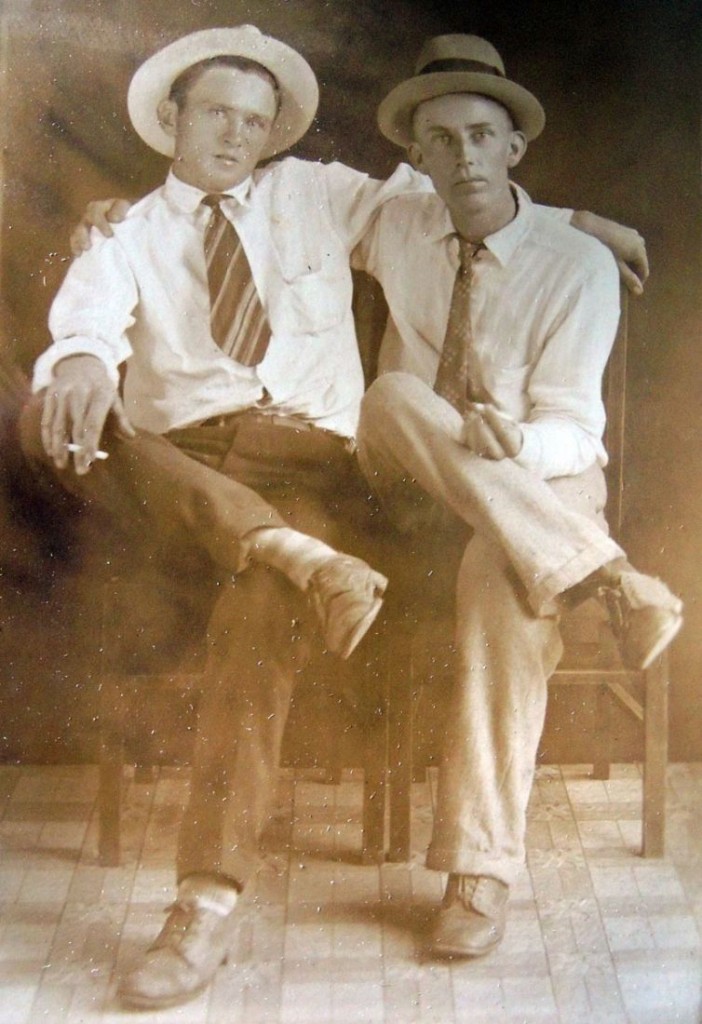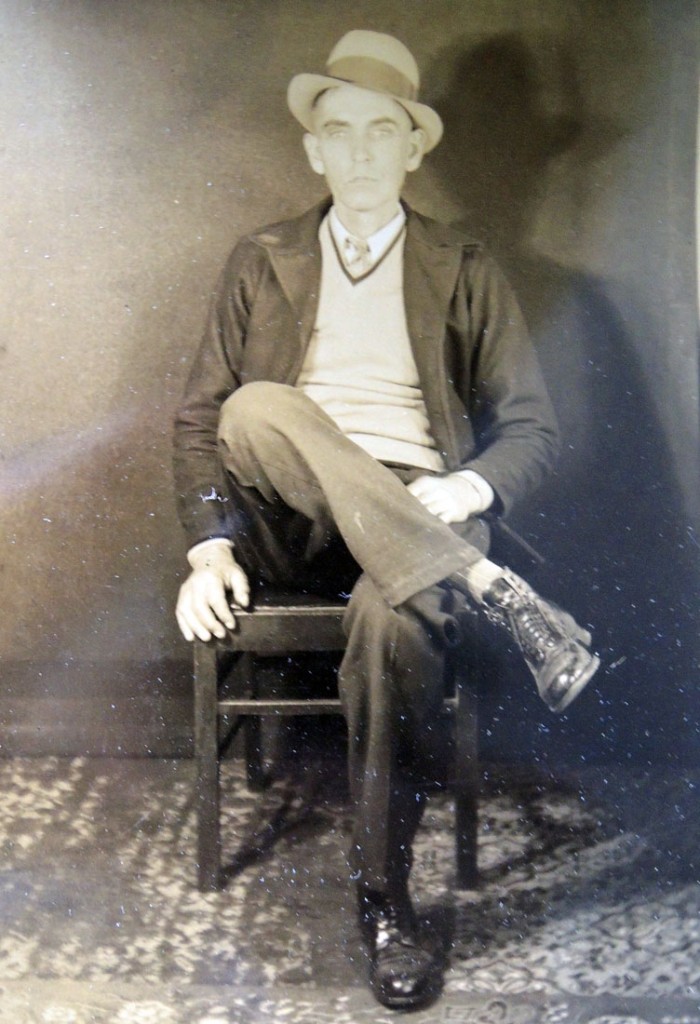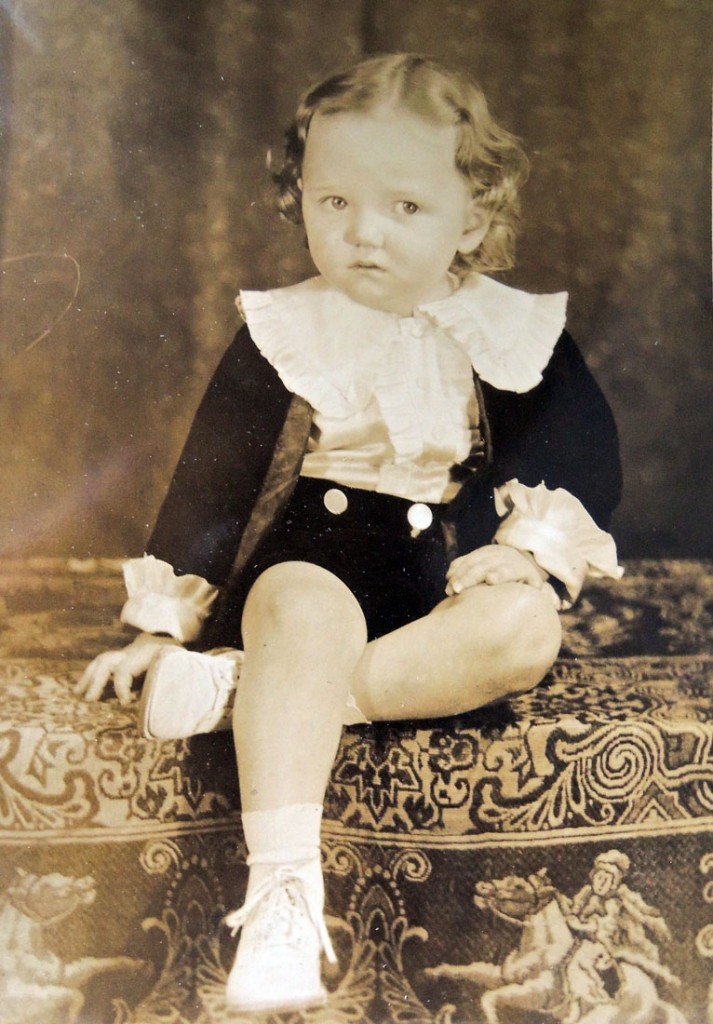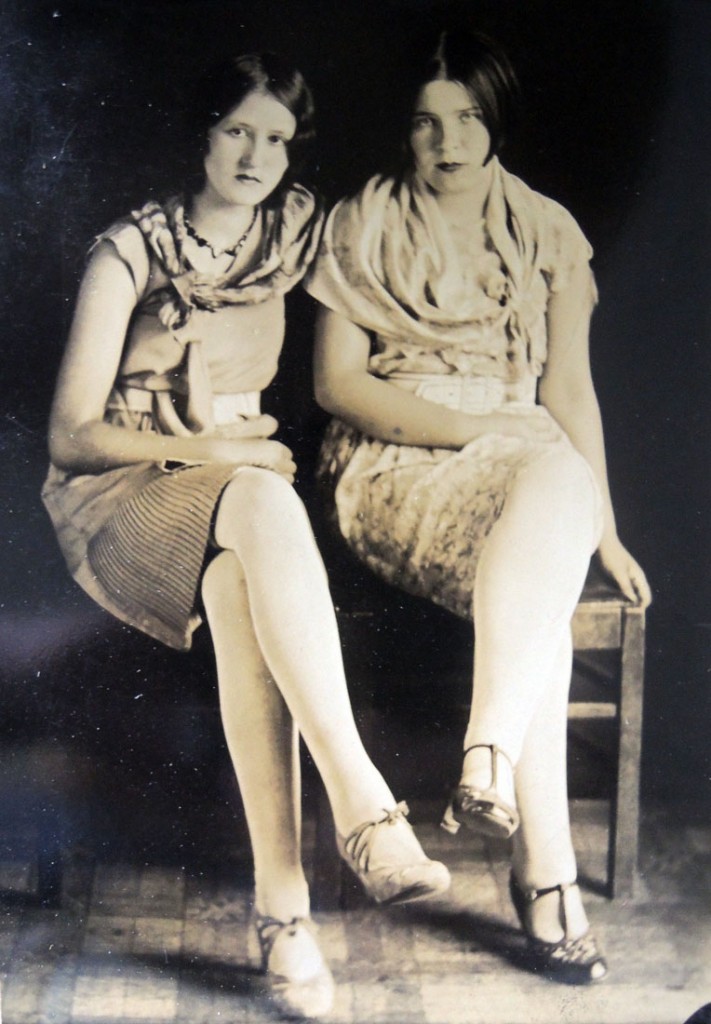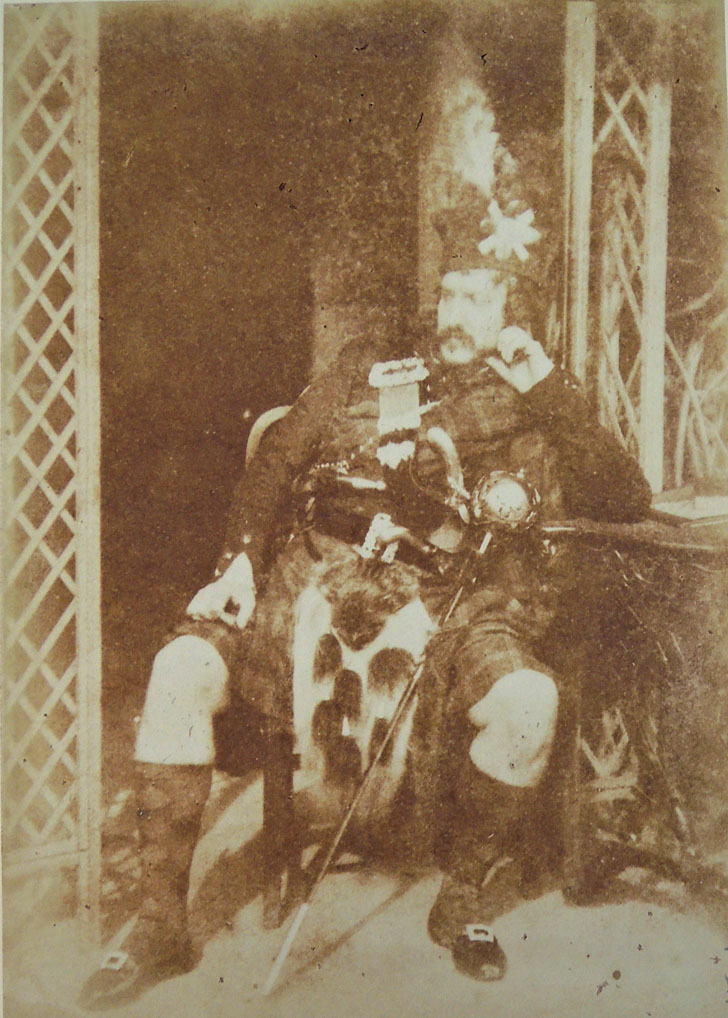 David Octavius Hill (1802–1870); Robert Adamson (1821–1848), Kenneth Macleay (1802-1878), ca. 1843. Salted paper print from paper negative. Graphic Arts Collection GA 2015- in process.
David Octavius Hill (1802–1870); Robert Adamson (1821–1848), Kenneth Macleay (1802-1878), ca. 1843. Salted paper print from paper negative. Graphic Arts Collection GA 2015- in process.
Kenneth Macleay was a Scottish painter who specialized in miniatures, seen here posing in full Highland dress. He is also known as the husband to Louisa Campbell (1817-1868).
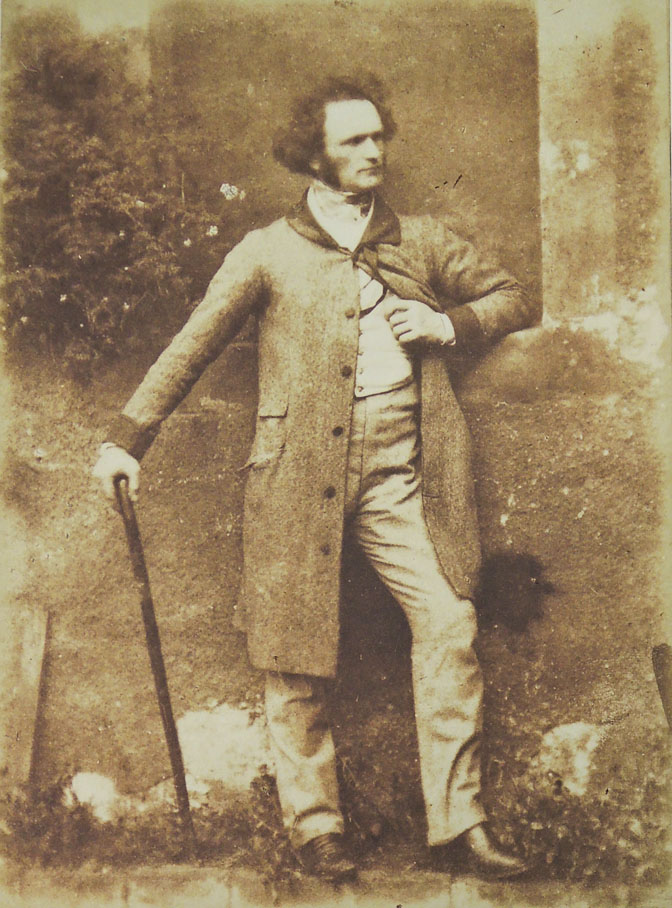 David Octavius Hill (1802–1870); Robert Adamson (1821–1848), Thomas Duncan (1807-1845), ca. 1843. Salted paper print from paper negative. Graphic Arts Collection GA 2015- in process
David Octavius Hill (1802–1870); Robert Adamson (1821–1848), Thomas Duncan (1807-1845), ca. 1843. Salted paper print from paper negative. Graphic Arts Collection GA 2015- in process
Thomas Duncan, RA RSA, was a Scottish portrait and historical painter.
The Graphic Arts Collection recently acquired 8 early photographic portraits by the great Scottish painter David Octavius Hill (1802-1870) and Robert Adamson (1821-1848), a Scottish chemist and pioneer photographer.
“In the mid-1840s, the Scottish painter-photographer team of Hill and Adamson produced the first substantial body of self-consciously artistic work using the newly invented medium of photography. William Henry Fox Talbot’s patent restrictions on his “calotype” or “Talbotype” process did not apply in Scotland, and, in fact, Talbot encouraged its use there. Among the fellow scientists with whom he corresponded and to whom he sent examples of the new art, was the physicist Sir David Brewster, principal of the United Colleges of Saint Salvator and Saint Leonard at Saint Andrews University, just north of Edinburgh. By 1841, Brewster and his colleague John Adamson, curator of the College Museum and professor of chemistry, were experimenting with the calotype process, and the following year they instructed Adamson’s younger brother Robert in the techniques of paper photography. By May 1843, Robert Adamson, then just twenty-one years old, was prepared to move to Edinburgh and set up shop as the city’s first professional calotypist.” Selection from: Malclom Daniel. “David Octavius Hill (1802–1870) and Robert Adamson (1821–1848) (1840s)”. In Heilbrunn Timeline of Art History. New York: The Metropolitan Museum of Art, 2000–. http://www.metmuseum.org/toah/hd/hlad/hd_hlad.htm (October 2004)
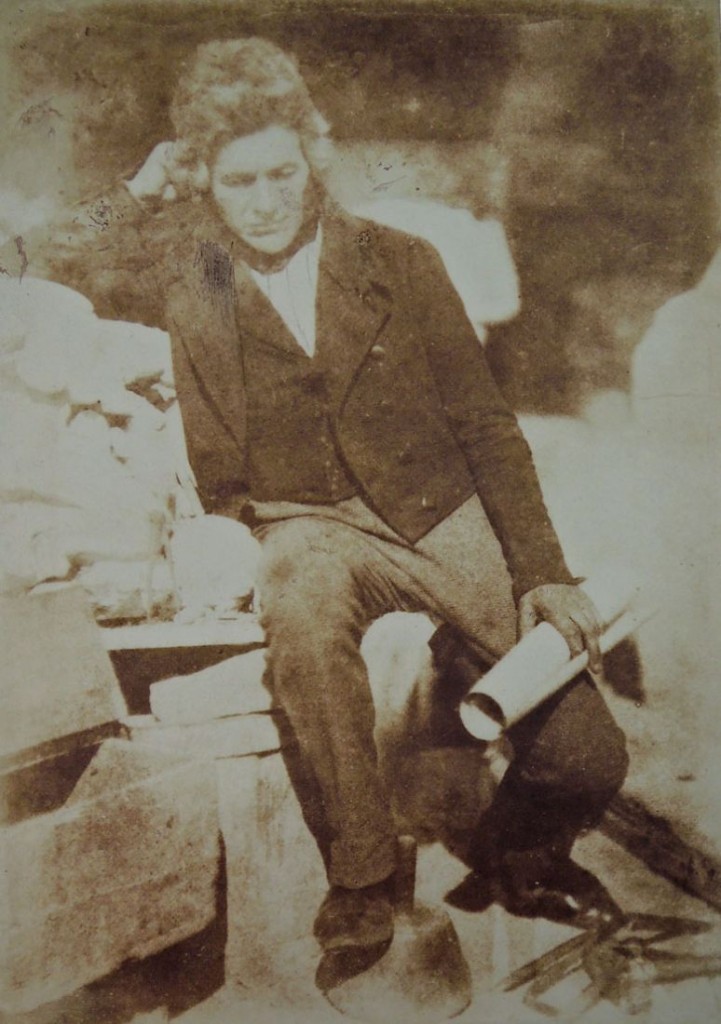 David Octavius Hill (1802–1870); Robert Adamson (1821–1848), George Meikle Kemp (1795-1844), ca. 1843. Salted paper print from paper negative. Graphic Arts Collection GA 2015- in process. The Scottish architect George Kemp [also seen below] is best known as the designer of the Scottish Monument in central Edinburgh.
David Octavius Hill (1802–1870); Robert Adamson (1821–1848), George Meikle Kemp (1795-1844), ca. 1843. Salted paper print from paper negative. Graphic Arts Collection GA 2015- in process. The Scottish architect George Kemp [also seen below] is best known as the designer of the Scottish Monument in central Edinburgh.
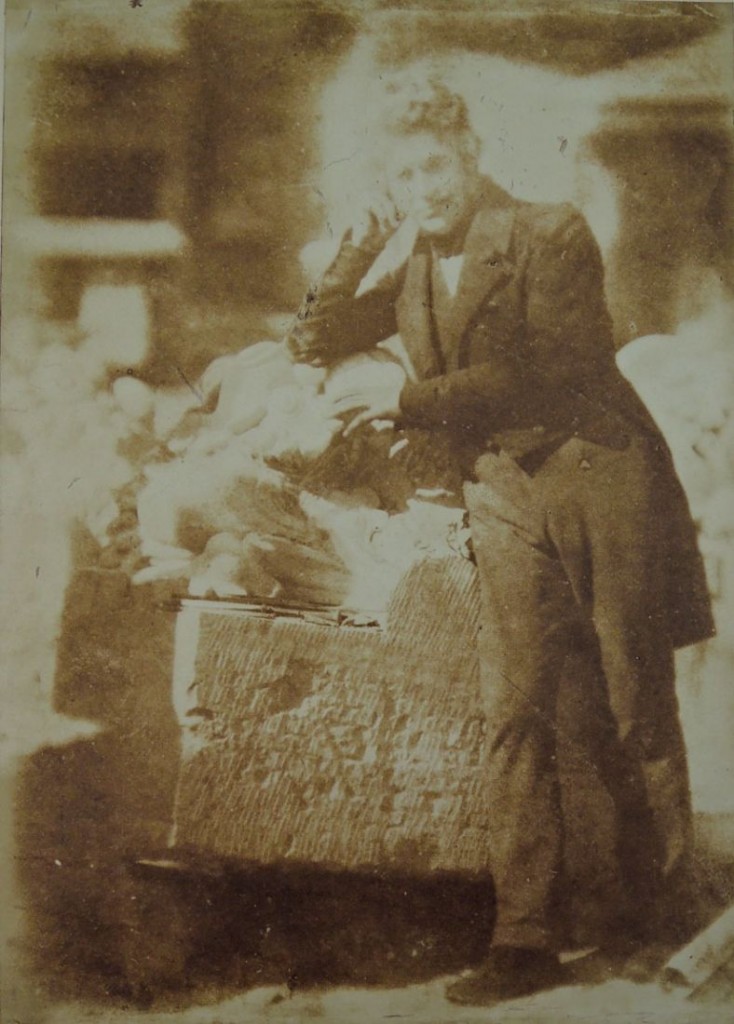 David Octavius Hill (1802–1870); Robert Adamson (1821–1848), George Meikle Kemp (1795-1844), ca. 1843. Salted paper print from paper negative. Graphic Arts Collection GA 2015- in process..
David Octavius Hill (1802–1870); Robert Adamson (1821–1848), George Meikle Kemp (1795-1844), ca. 1843. Salted paper print from paper negative. Graphic Arts Collection GA 2015- in process..
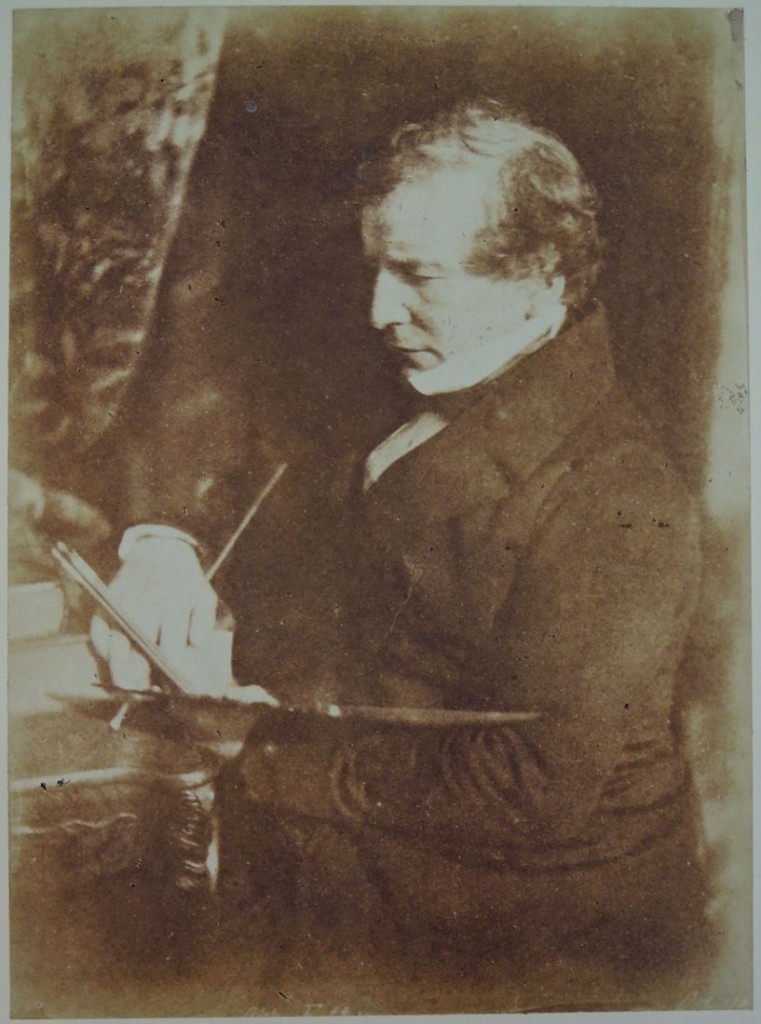 David Octavius Hill (1802–1870); Robert Adamson (1821–1848), William Etty (1787-1849), ca. 1843. Salted paper print from paper negative. Graphic Arts Collection GA 2015- in process
David Octavius Hill (1802–1870); Robert Adamson (1821–1848), William Etty (1787-1849), ca. 1843. Salted paper print from paper negative. Graphic Arts Collection GA 2015- in process
The English artist William Etty later painted a self-portrait based on photographs taken by Hill and Adamson.
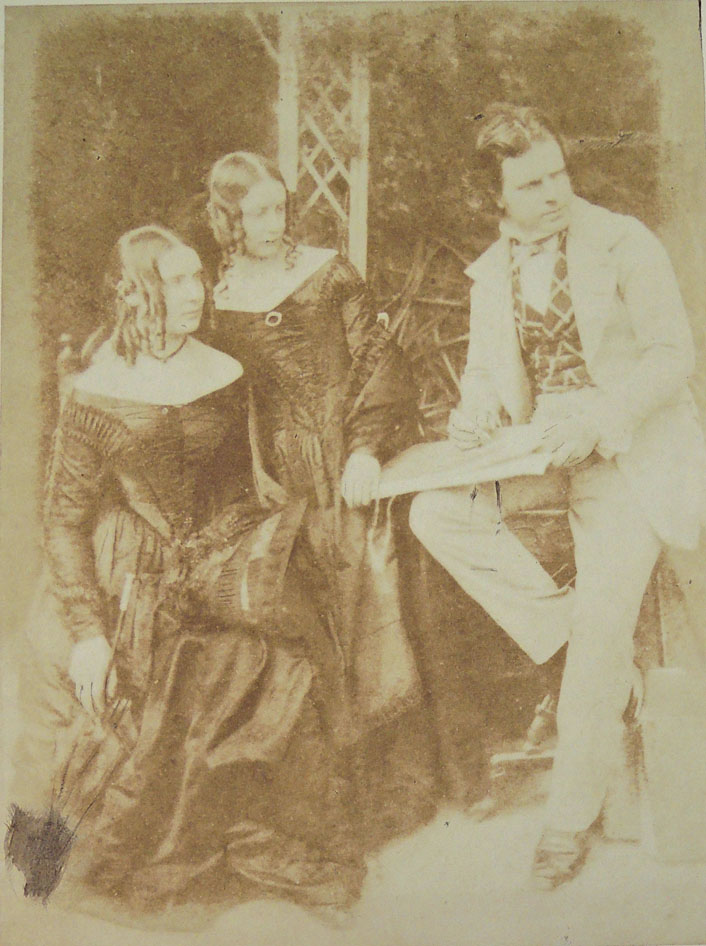 David Octavius Hill (1802–1870); Robert Adamson (1821–1848), David Octavius Hill and two unknown ladies, ca. 1843. Salted paper print from paper negative. Graphic Arts Collection GA 2015- in process
David Octavius Hill (1802–1870); Robert Adamson (1821–1848), David Octavius Hill and two unknown ladies, ca. 1843. Salted paper print from paper negative. Graphic Arts Collection GA 2015- in process
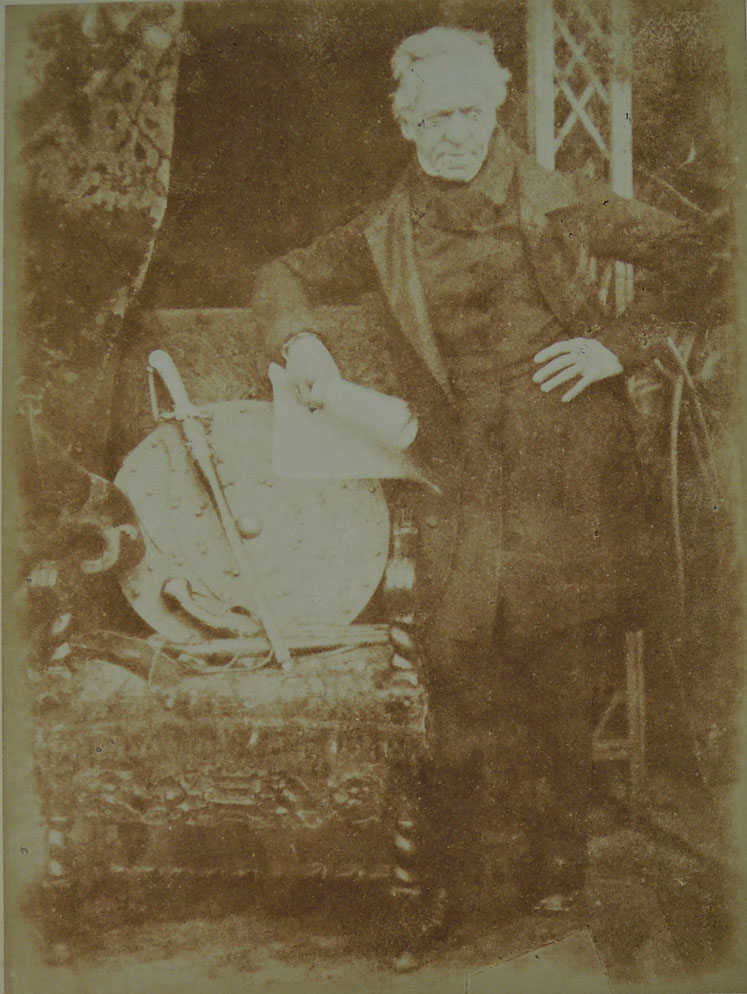 David Octavius Hill (1802–1870); Robert Adamson (1821–1848), Sir William Allan (1782-1850), ca. 1843. Salted paper print from paper negative. Graphic Arts Collection GA 2015- in process. Allan was a noted Scottish history painter, who traveled extensively painting in Russia, Italy, Spain, and Greece.
David Octavius Hill (1802–1870); Robert Adamson (1821–1848), Sir William Allan (1782-1850), ca. 1843. Salted paper print from paper negative. Graphic Arts Collection GA 2015- in process. Allan was a noted Scottish history painter, who traveled extensively painting in Russia, Italy, Spain, and Greece.
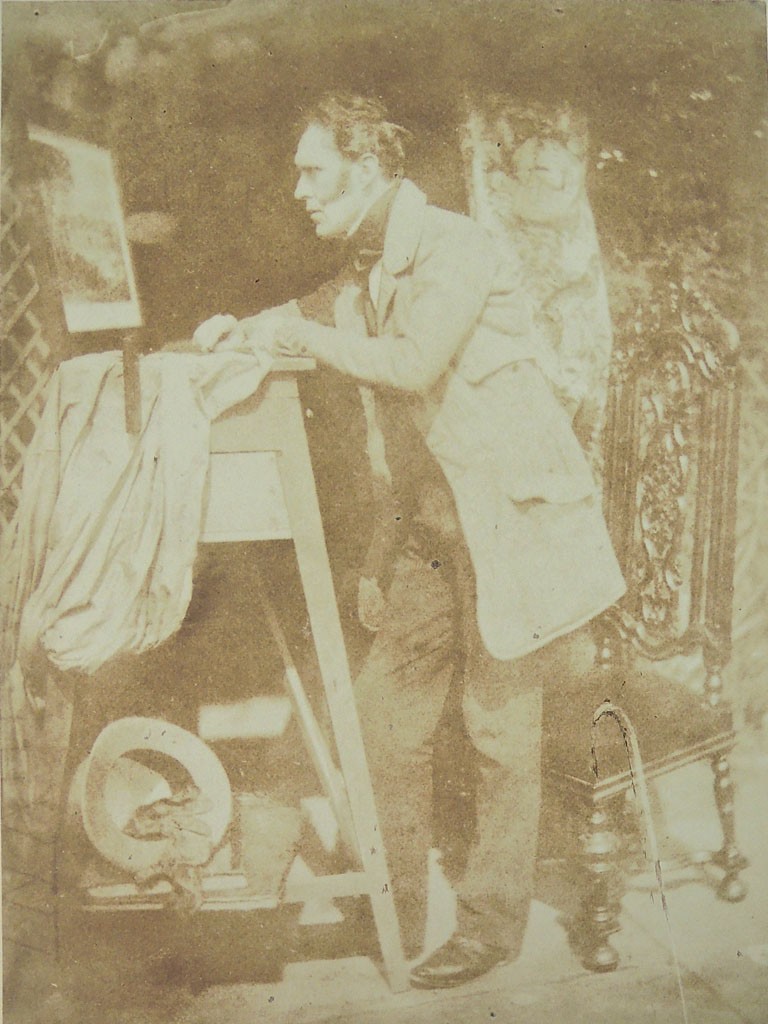 David Octavius Hill (1802–1870); Robert Adamson (1821–1848), William Forrest (1805-1889), ca. 1845. Salted paper print from paper negative. Graphic Arts Collection GA 2015- in process.
David Octavius Hill (1802–1870); Robert Adamson (1821–1848), William Forrest (1805-1889), ca. 1845. Salted paper print from paper negative. Graphic Arts Collection GA 2015- in process.
The Scottish engraver William Forrest studied with Thomas Fry in London before moving to the United States, eventually settling in Hudson N.Y.

